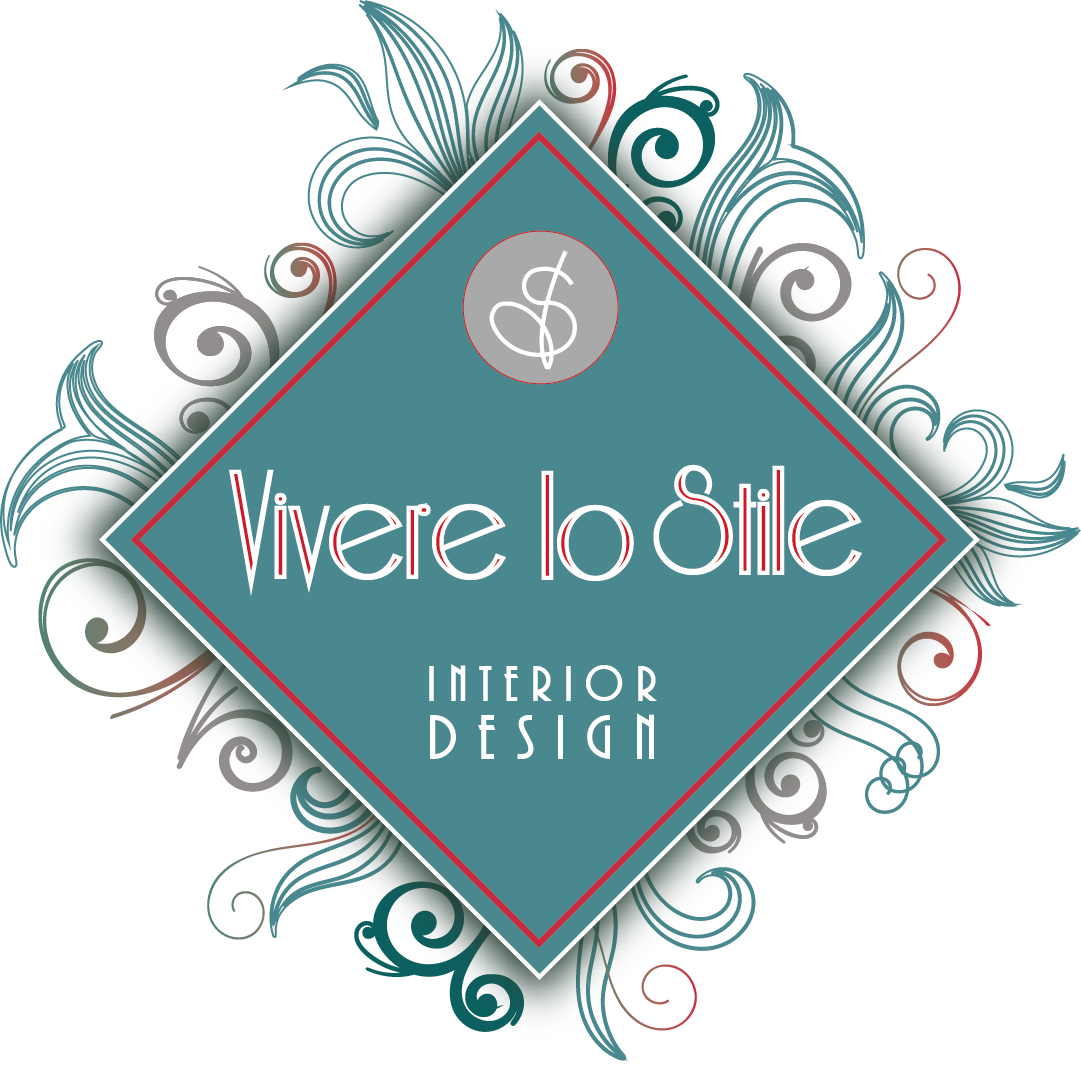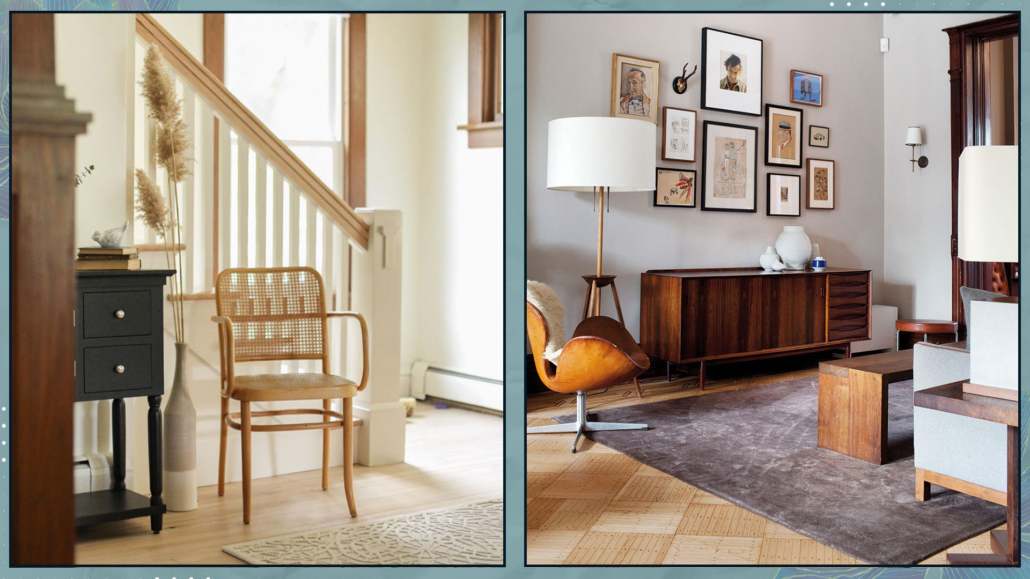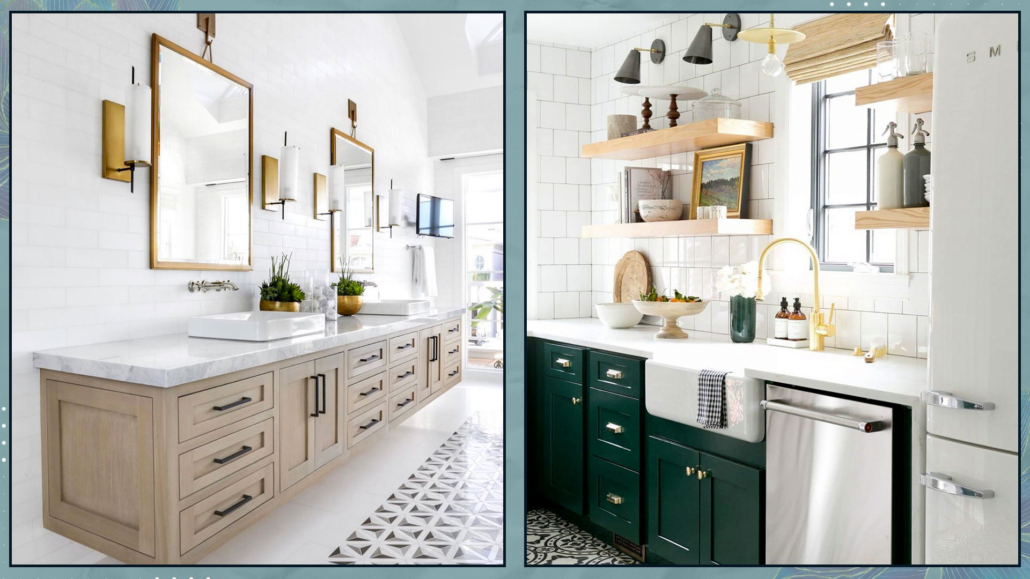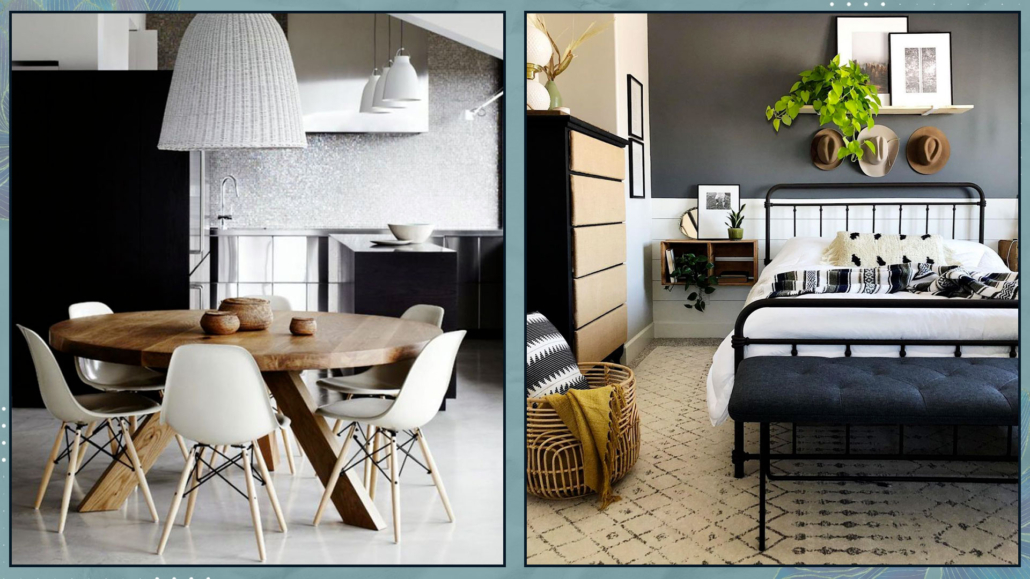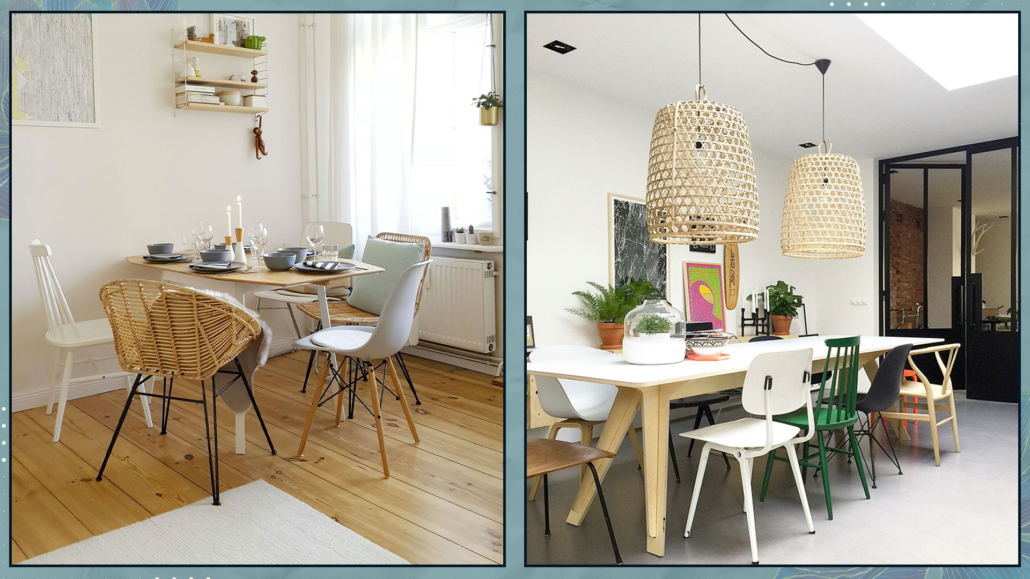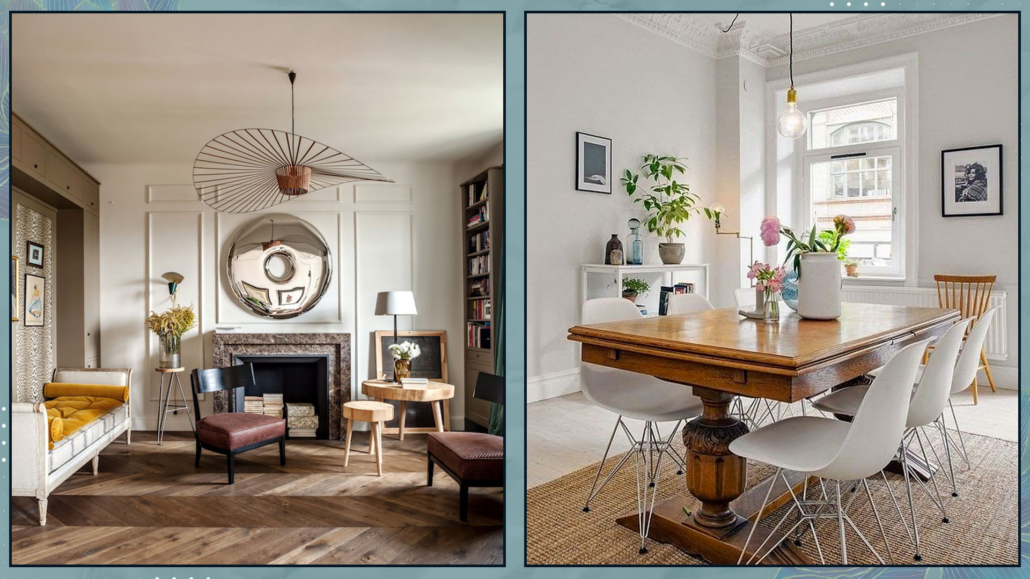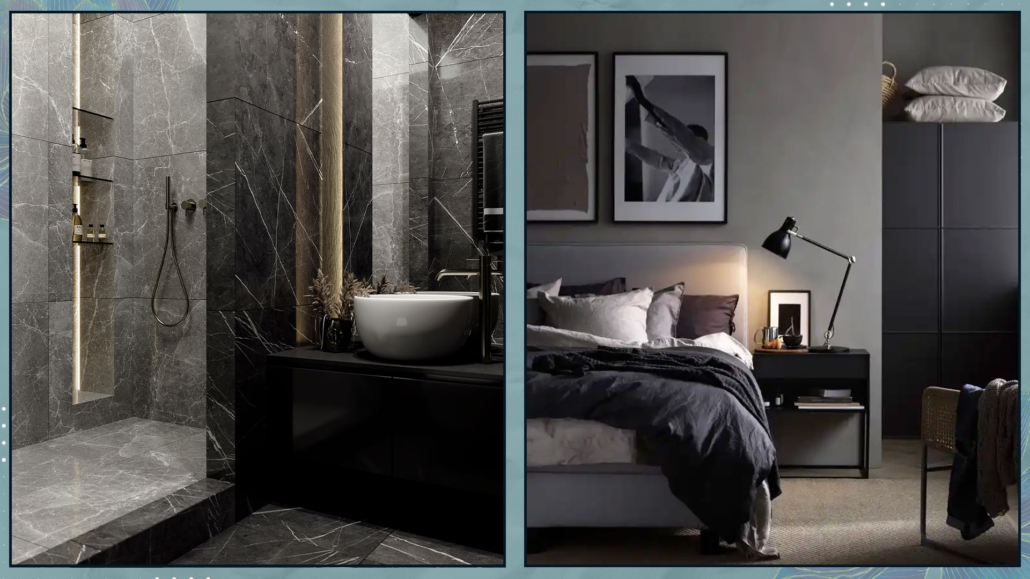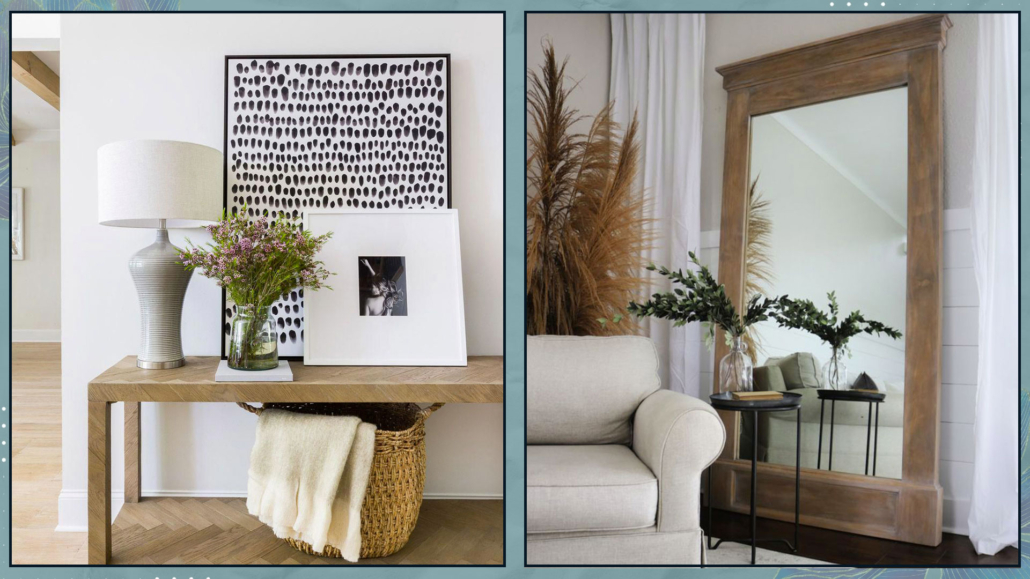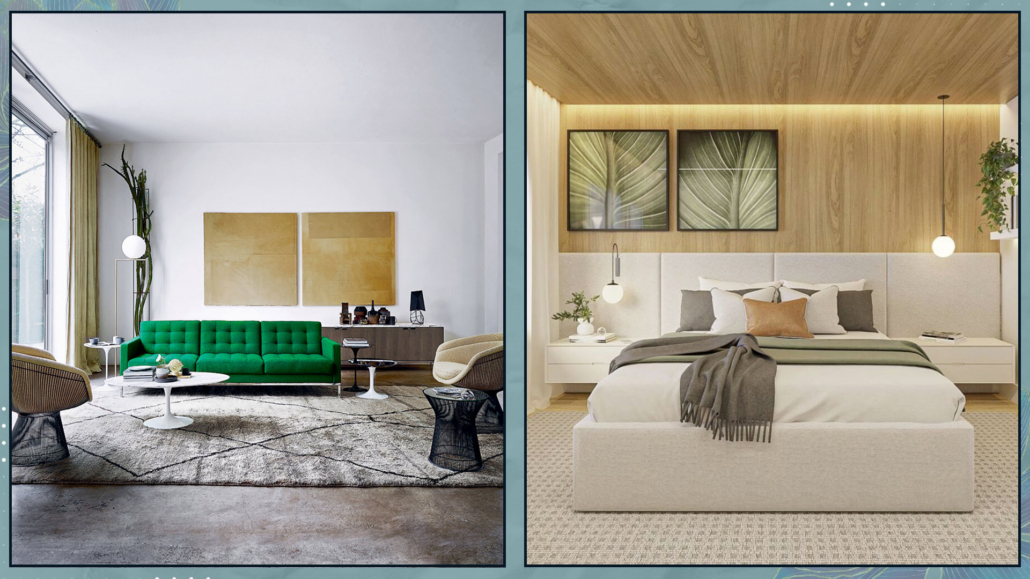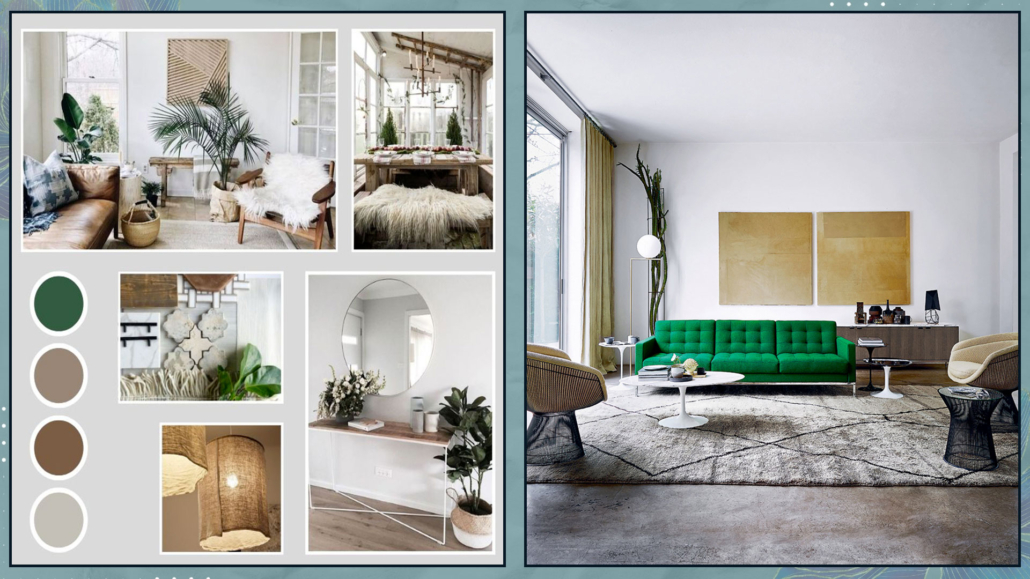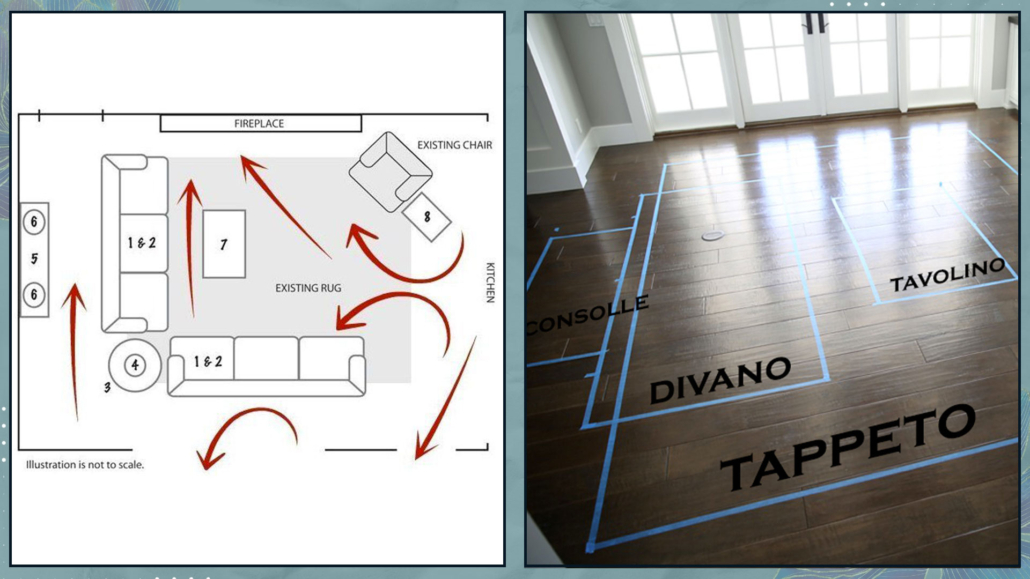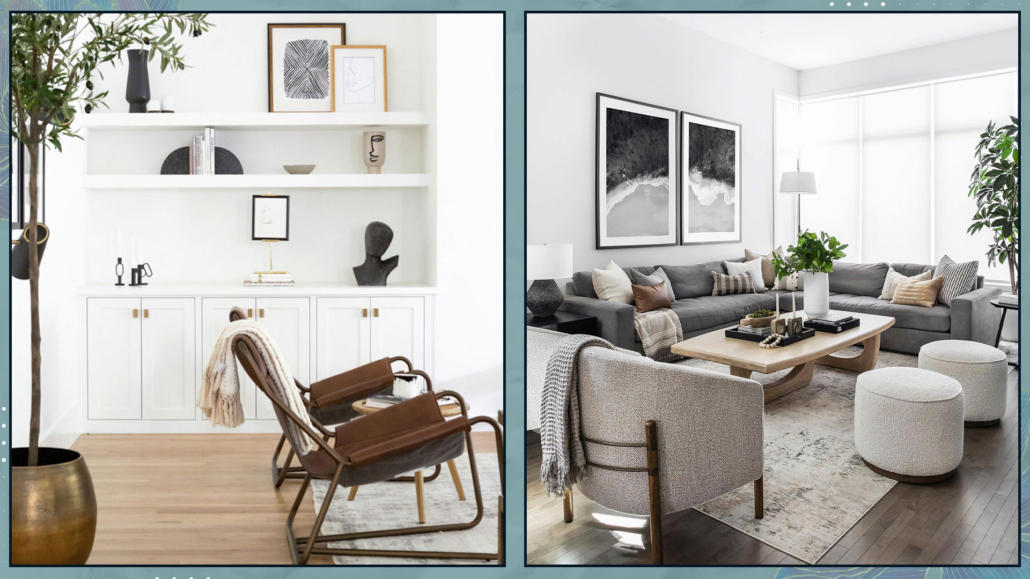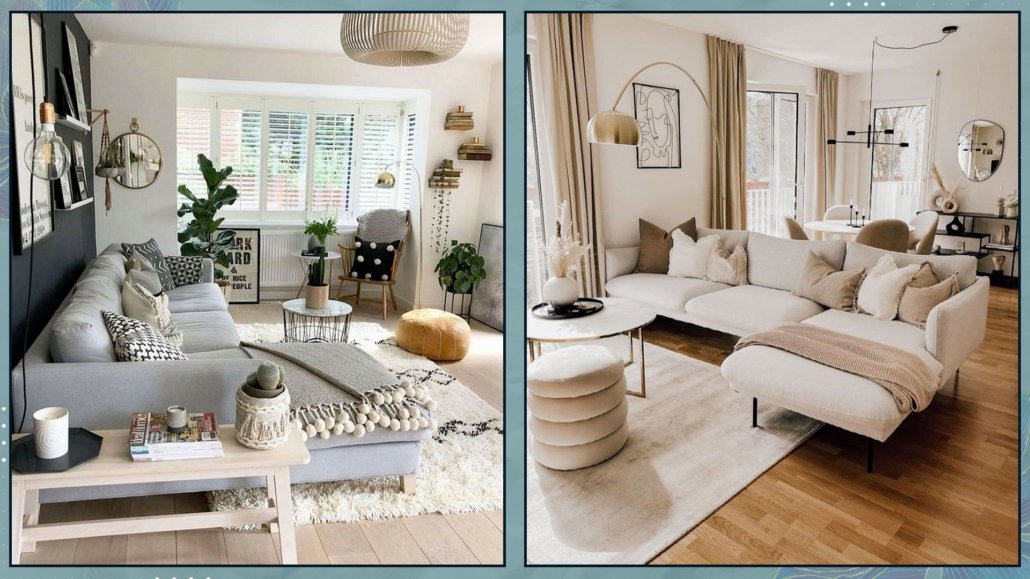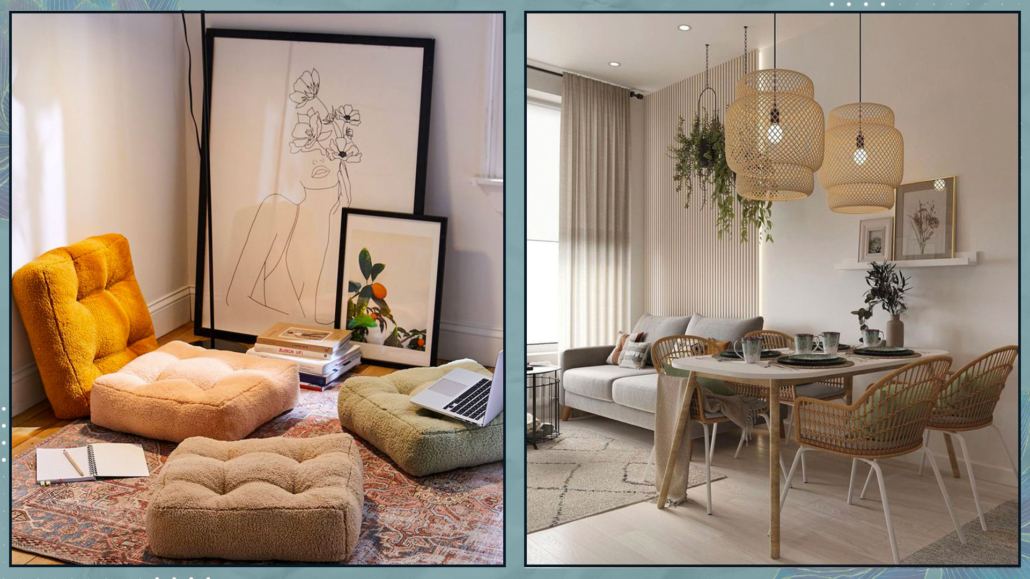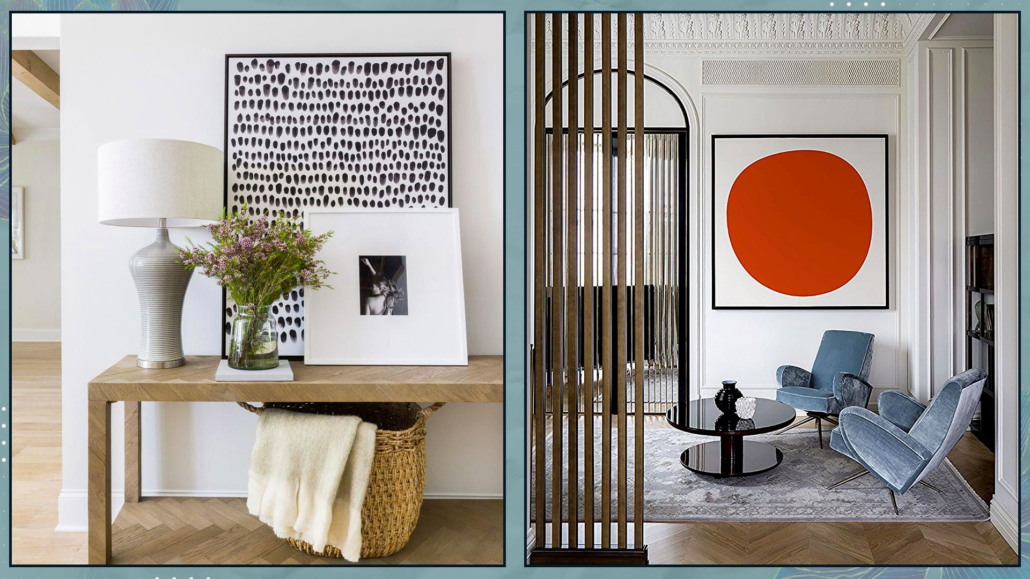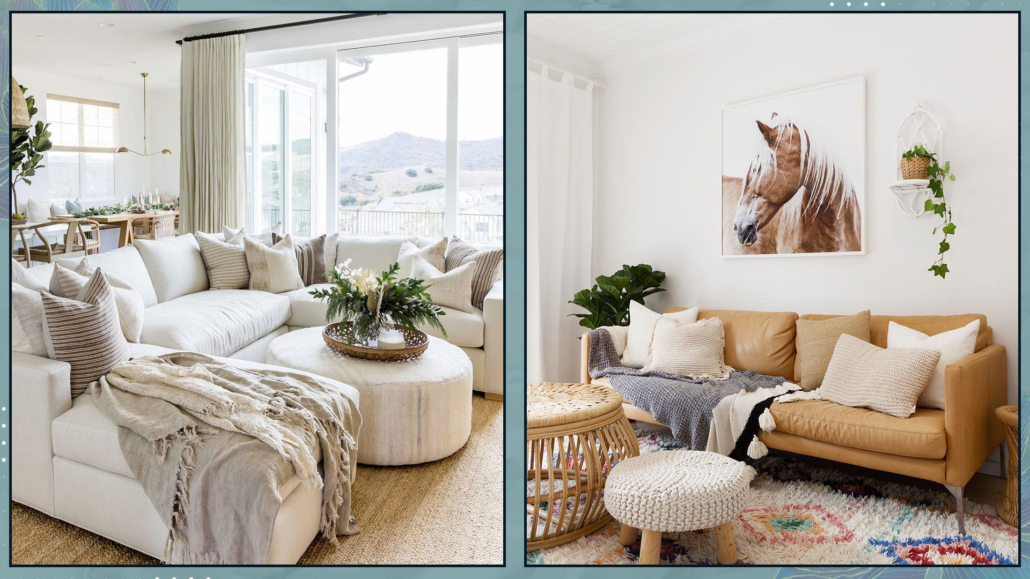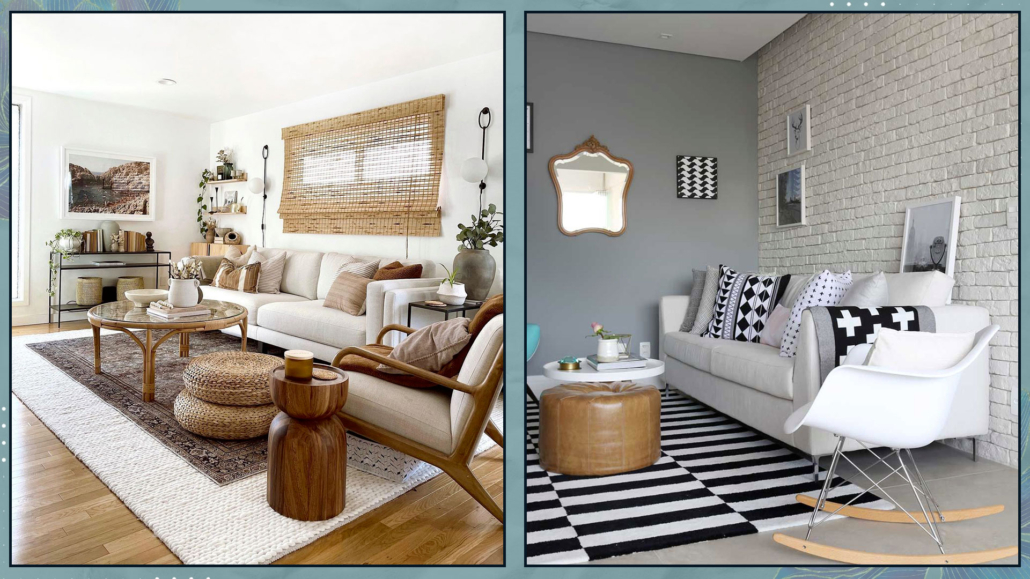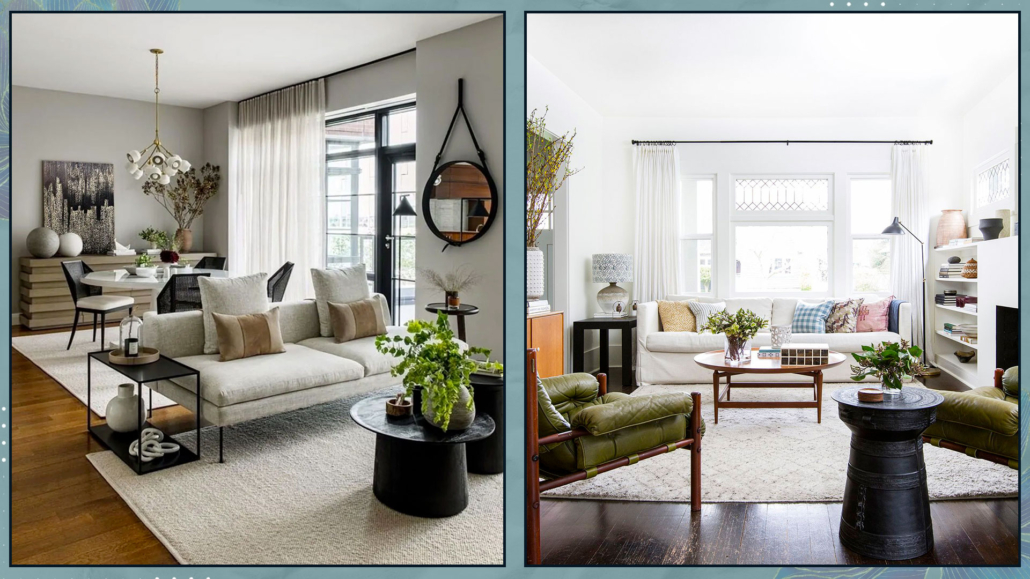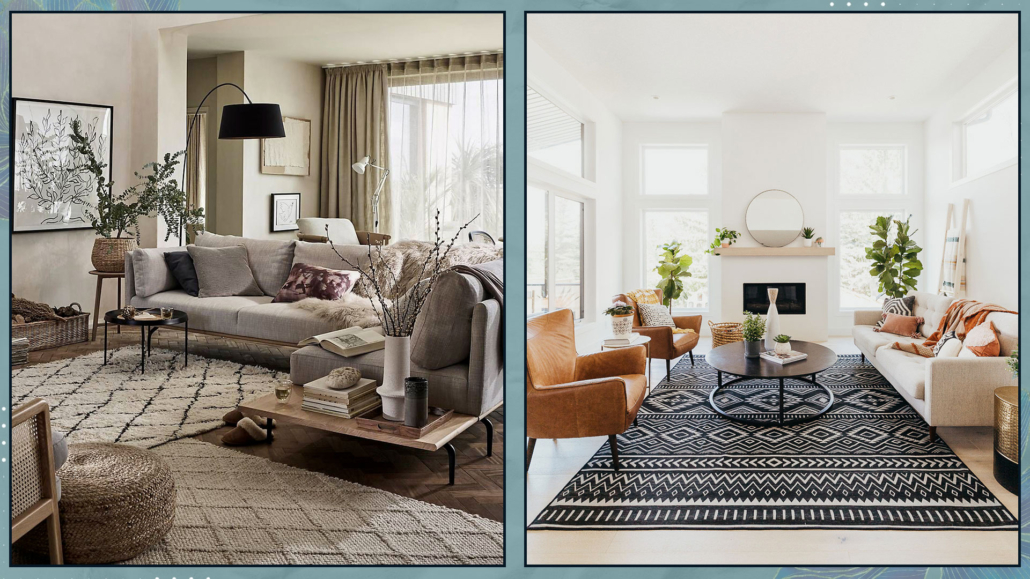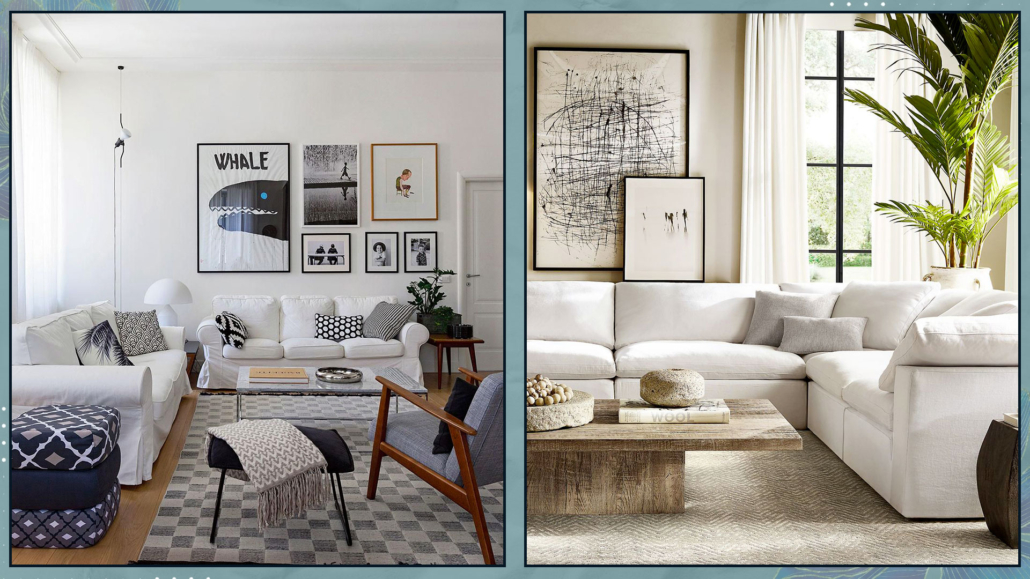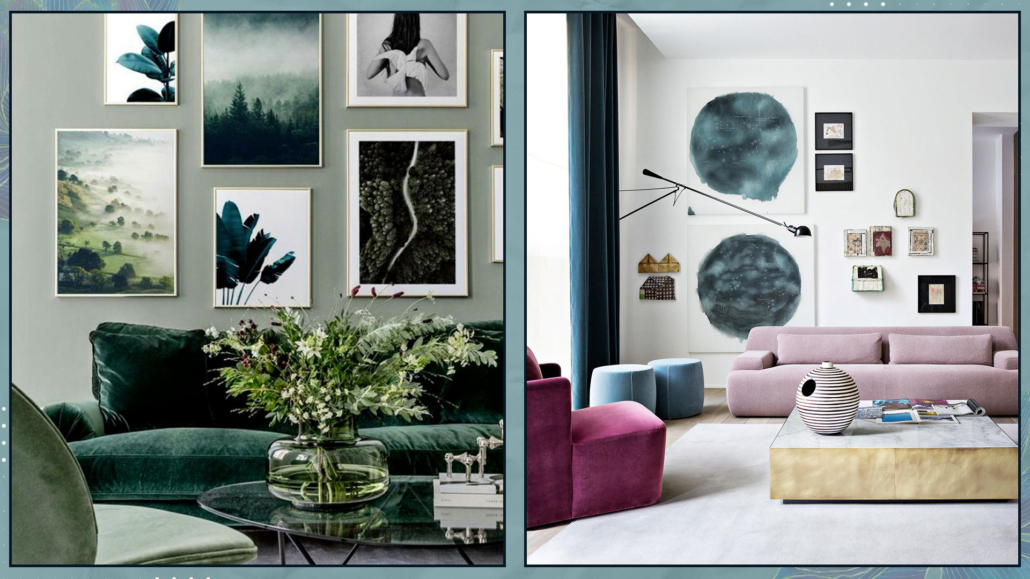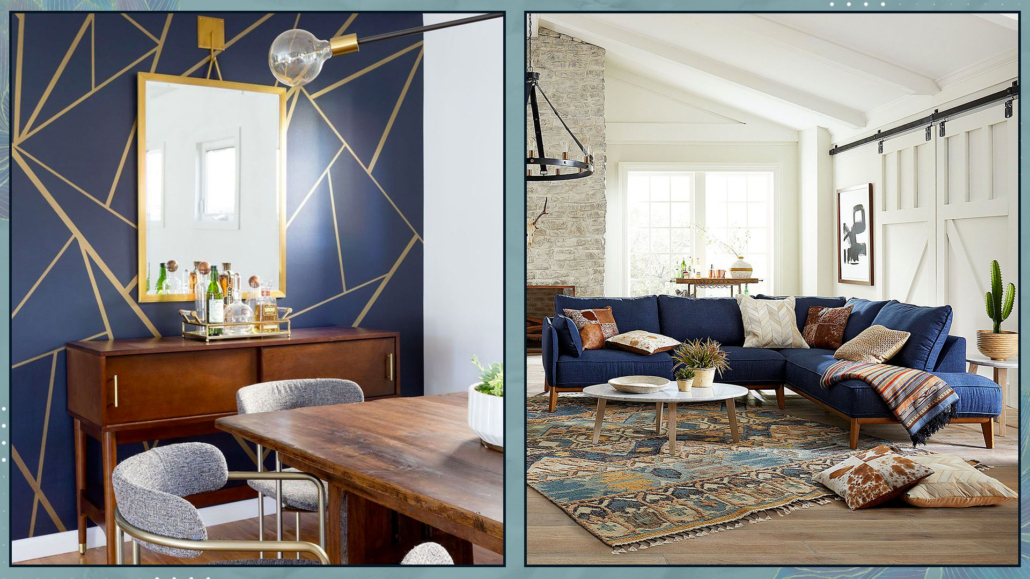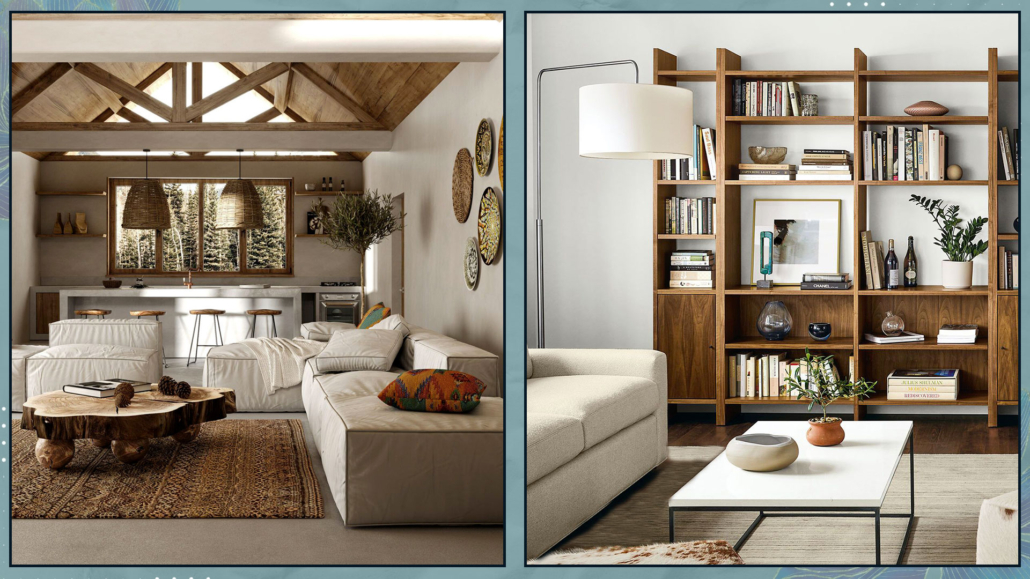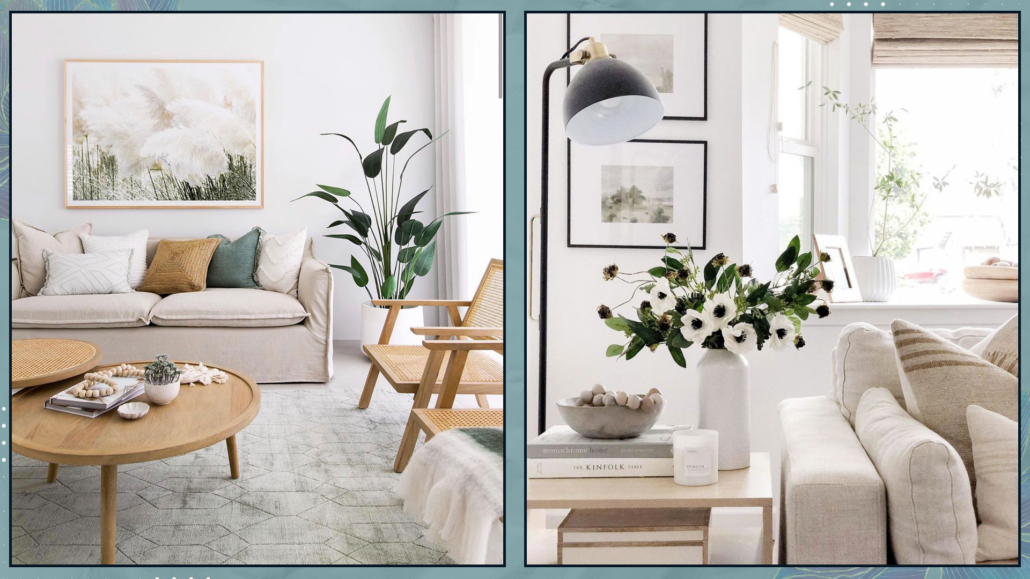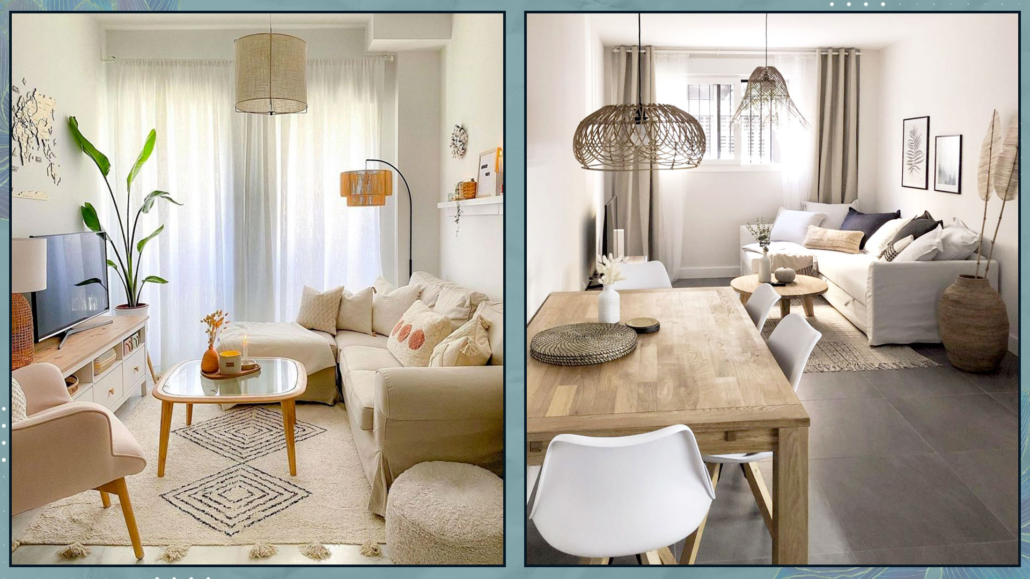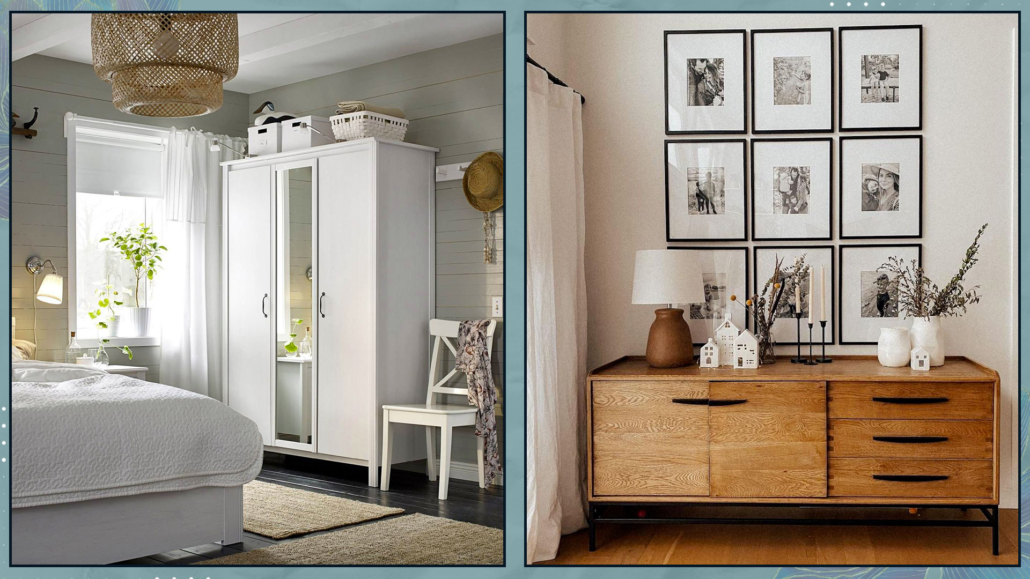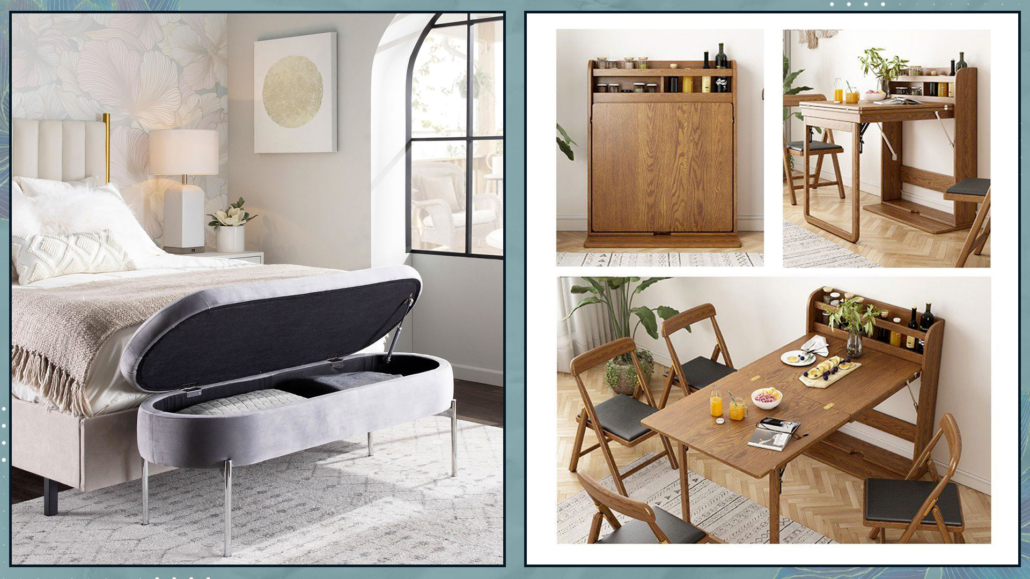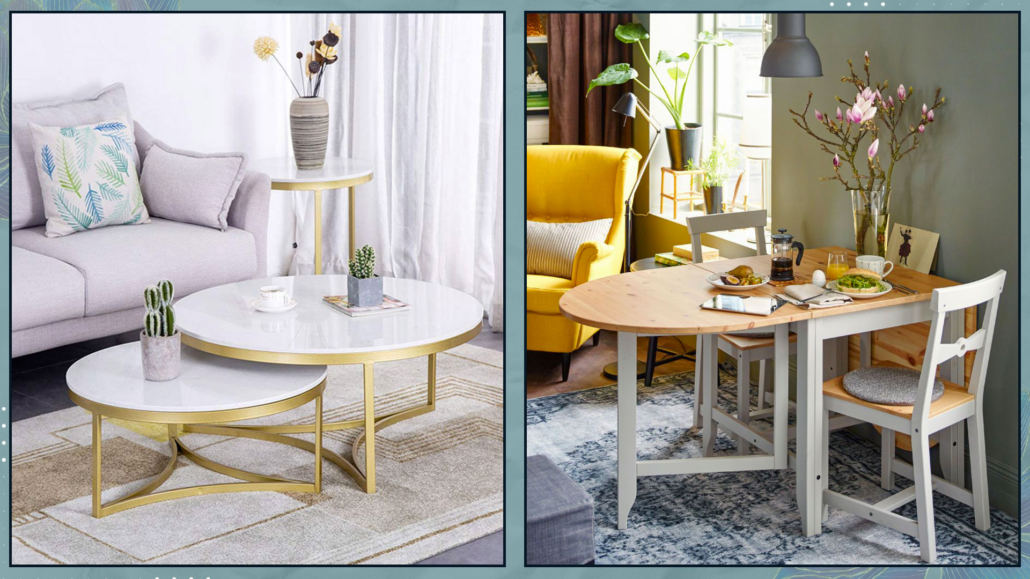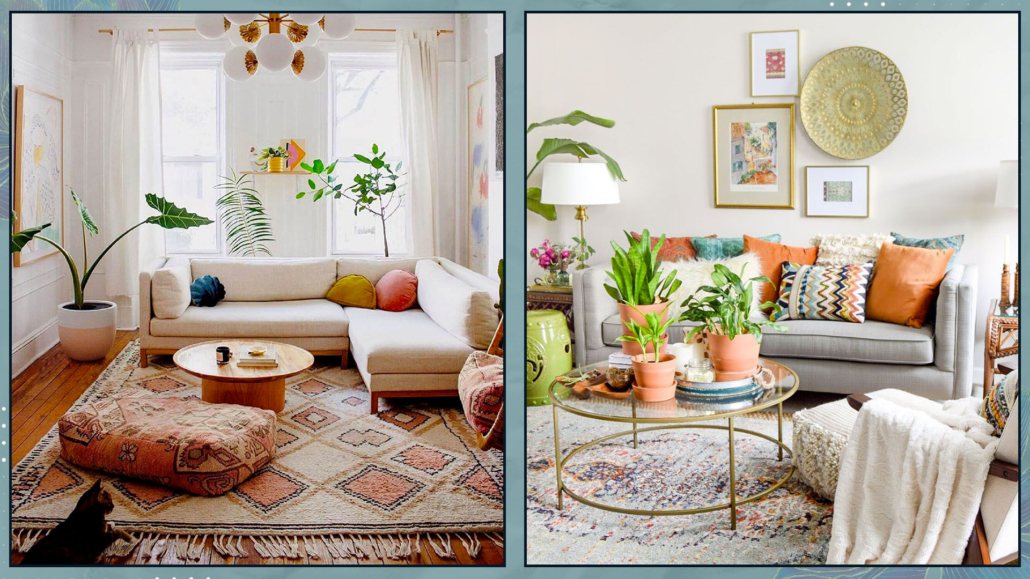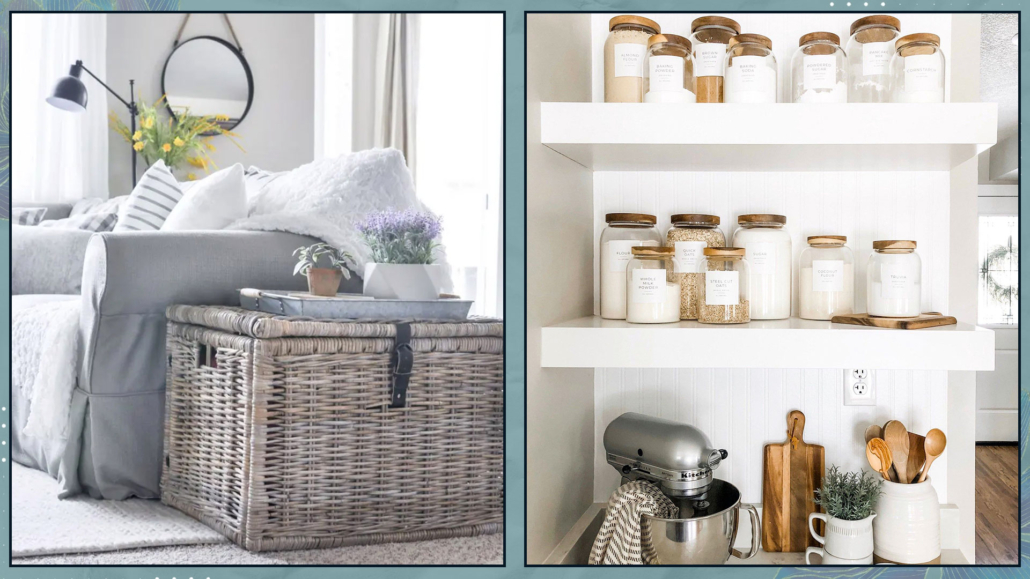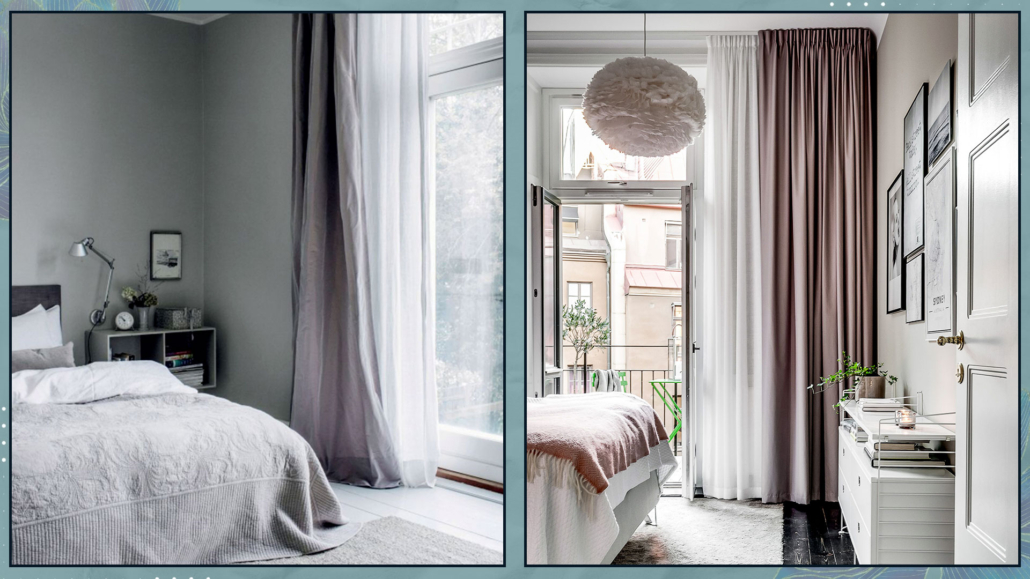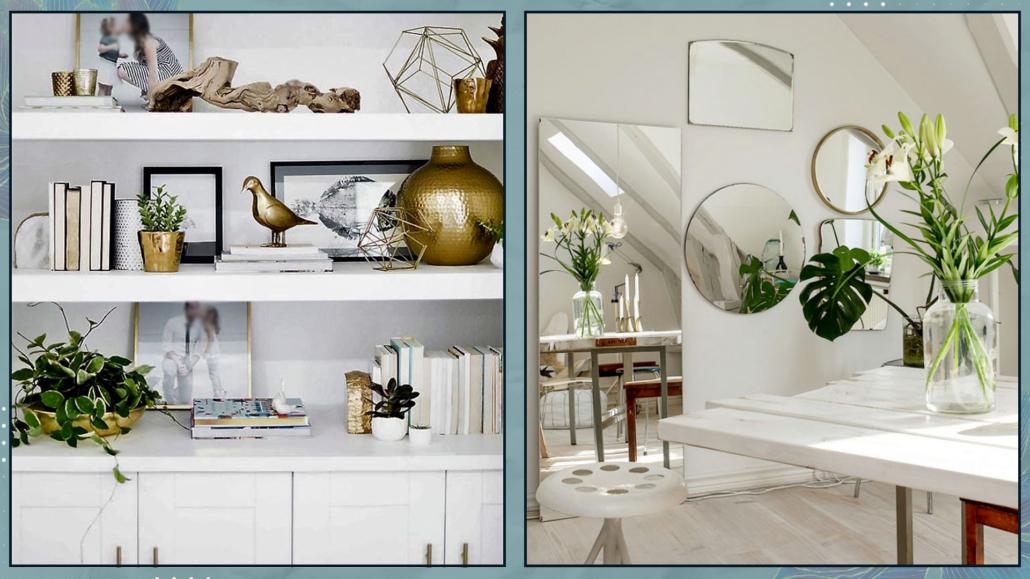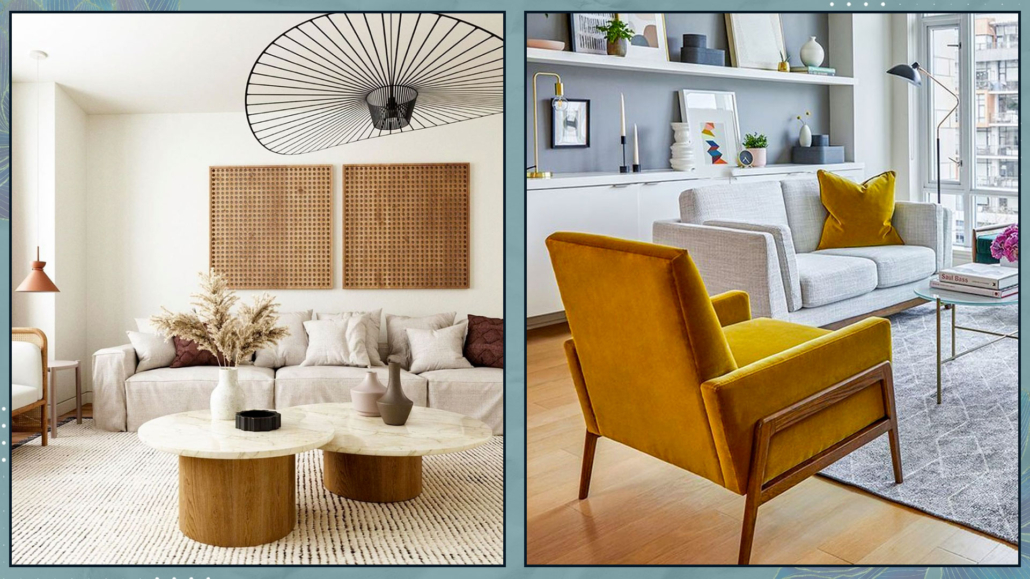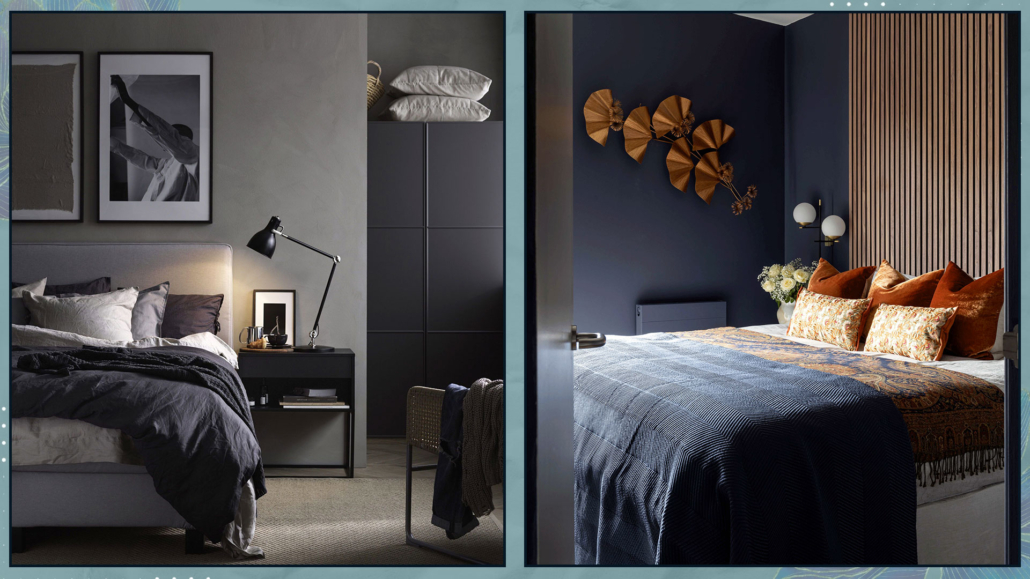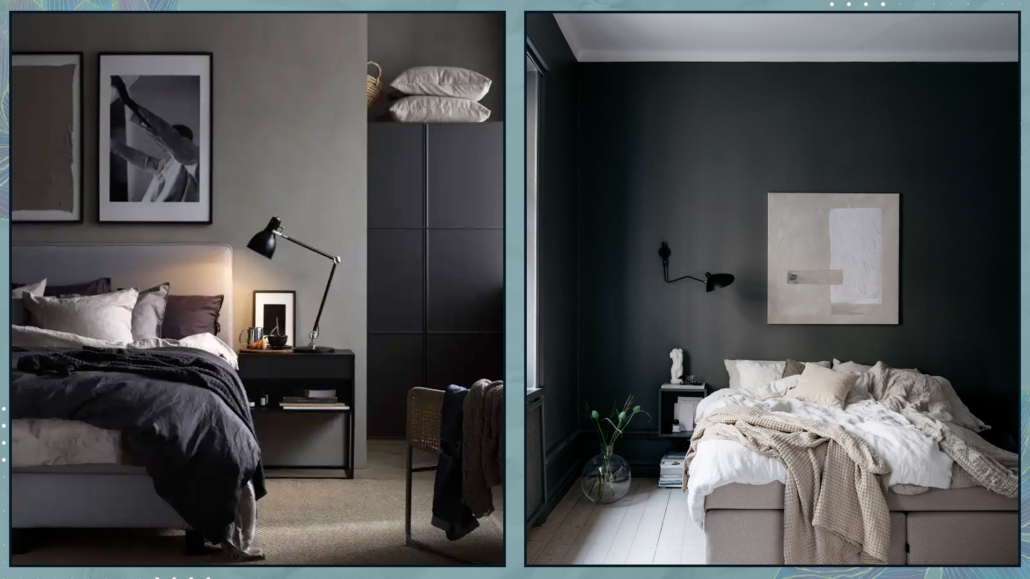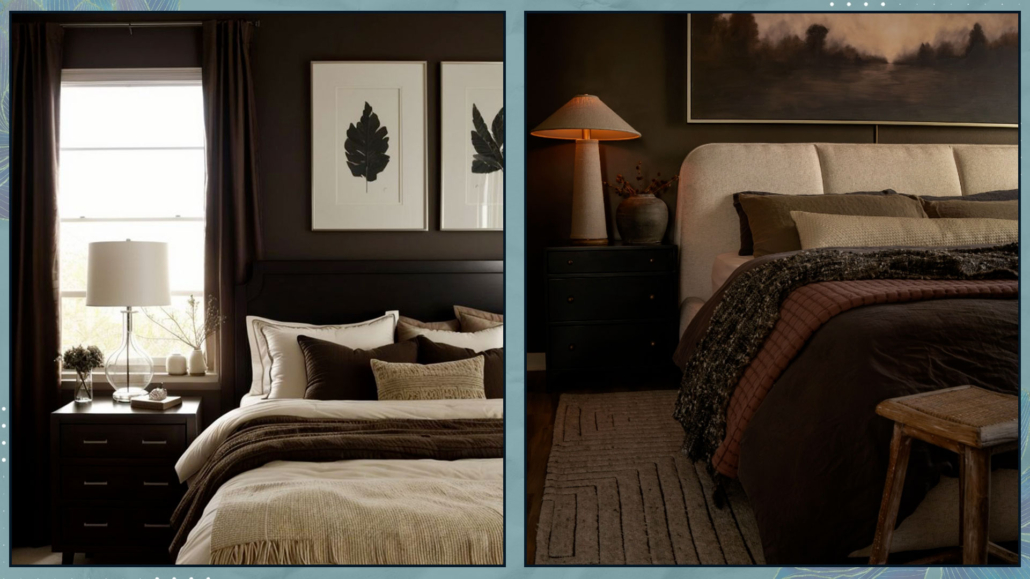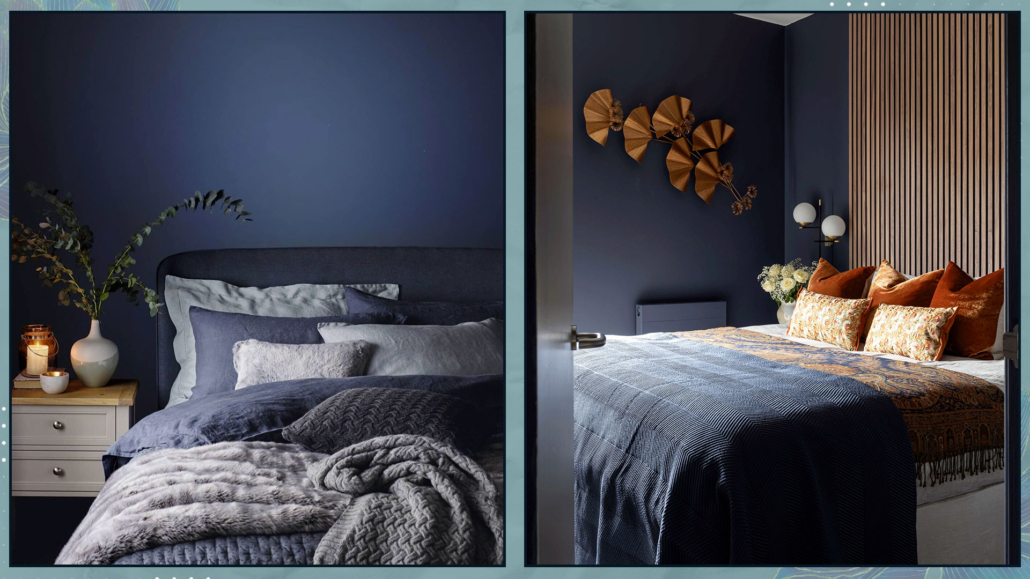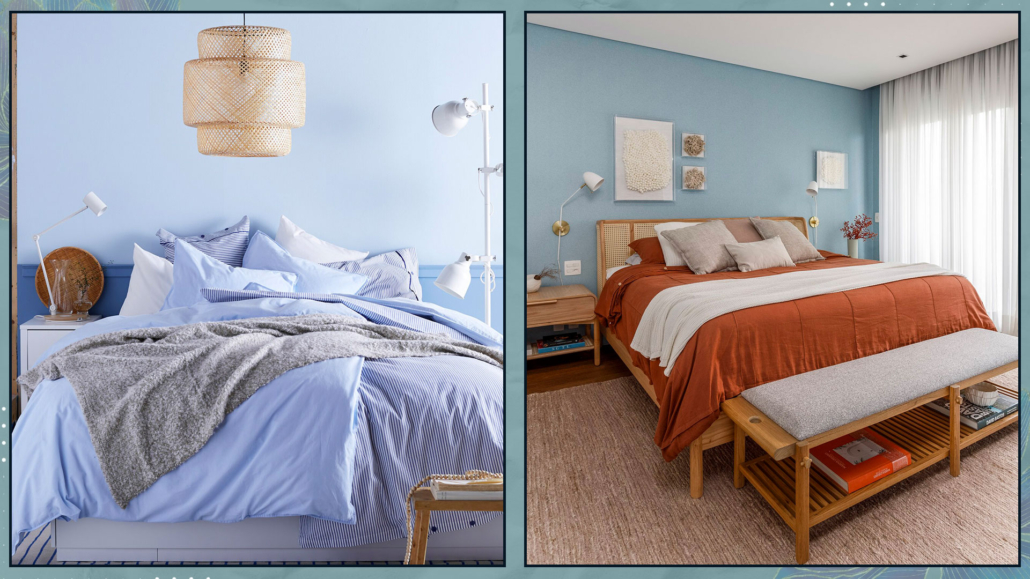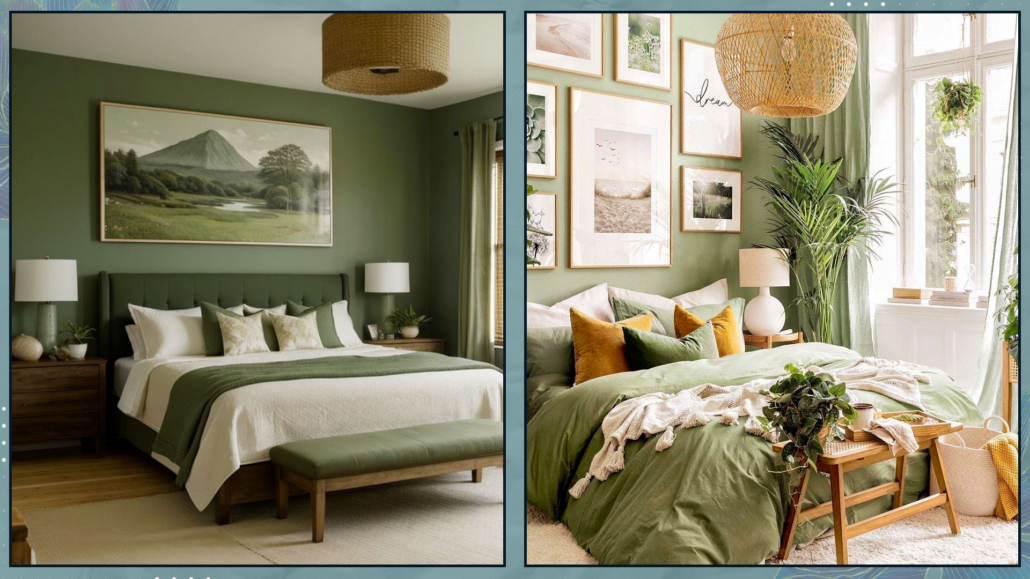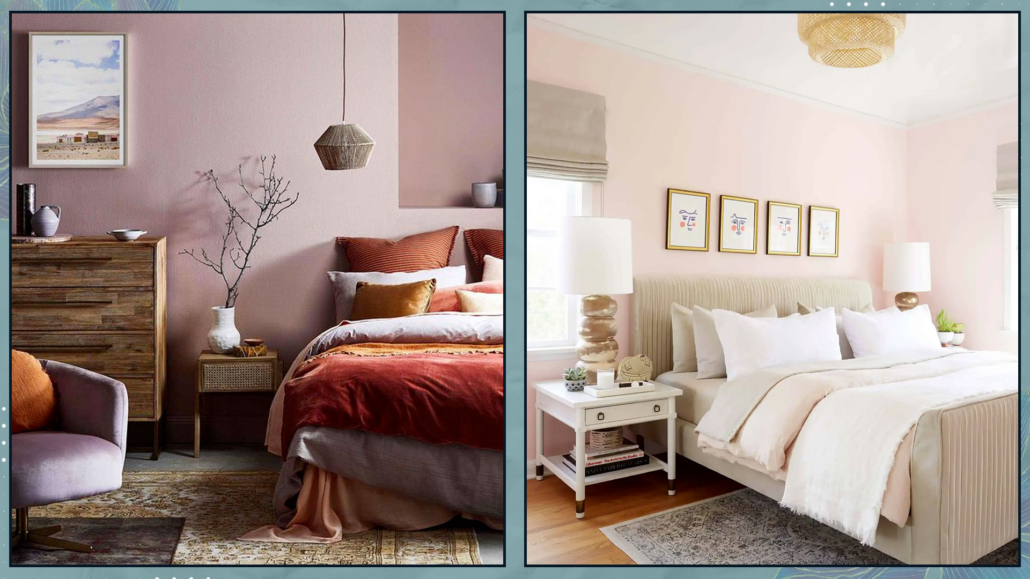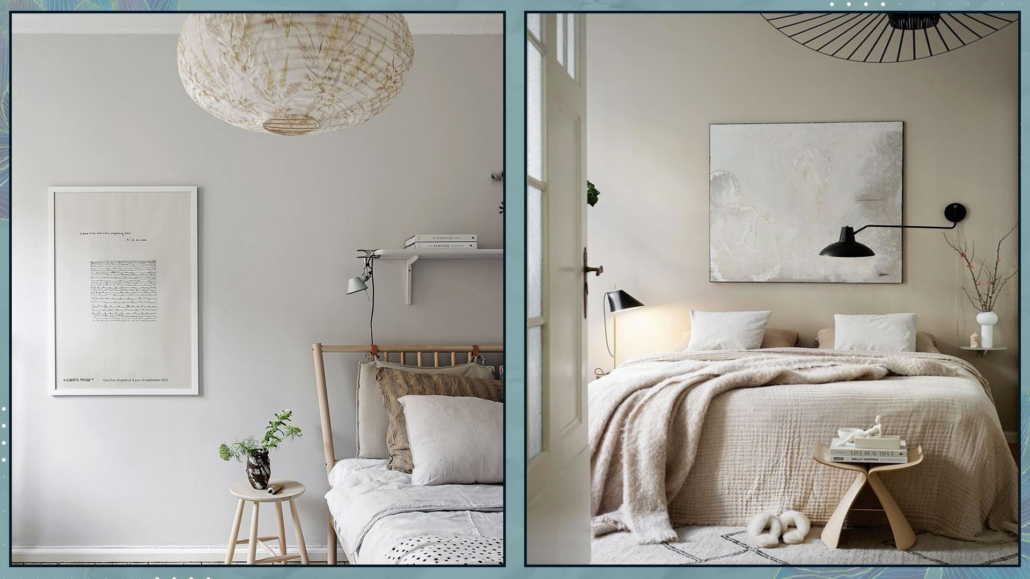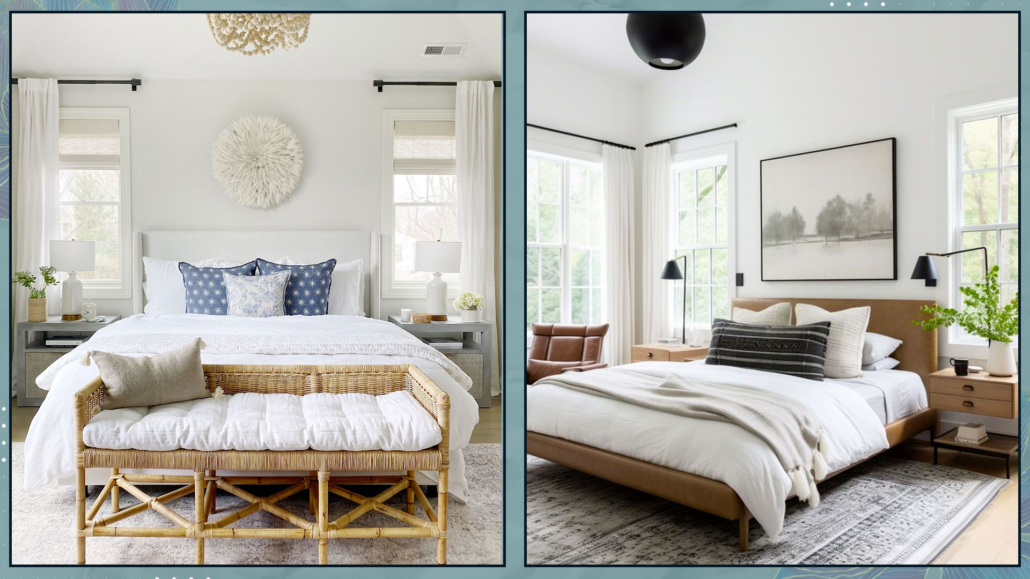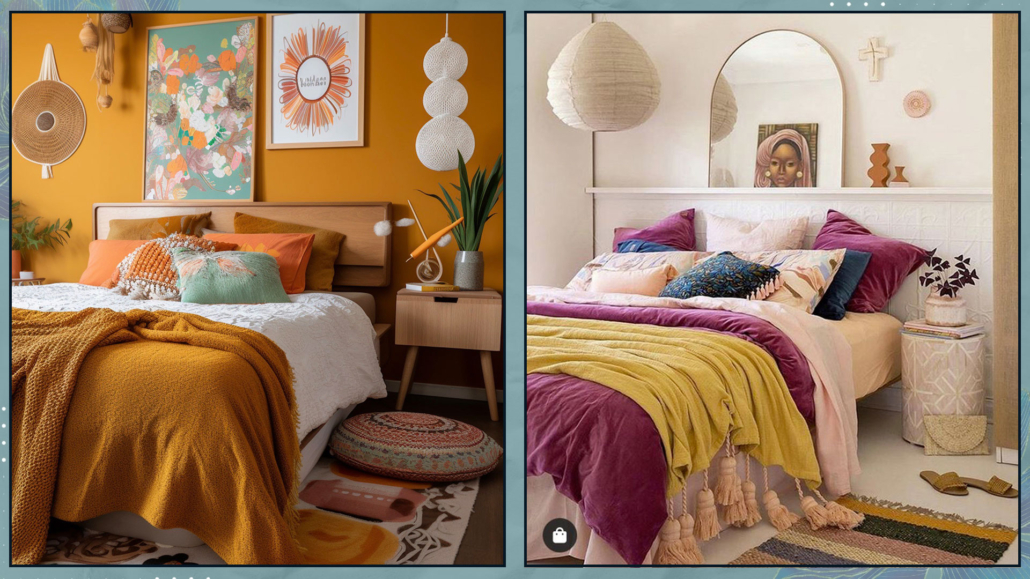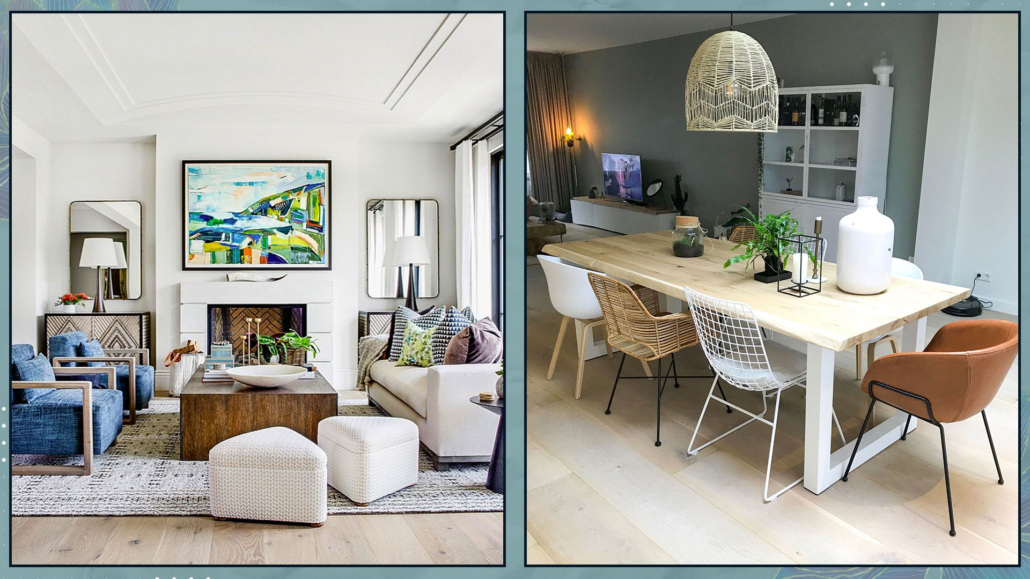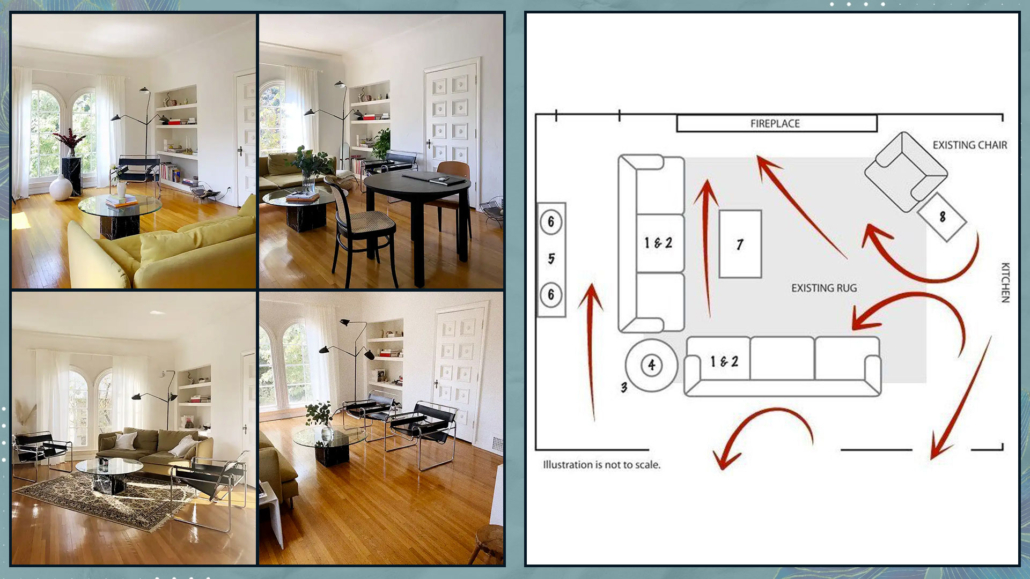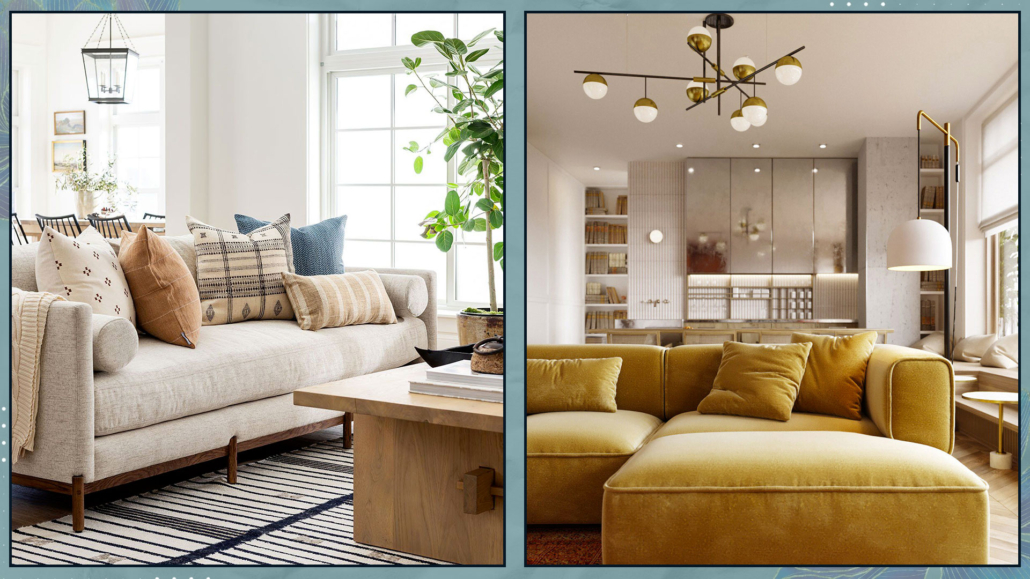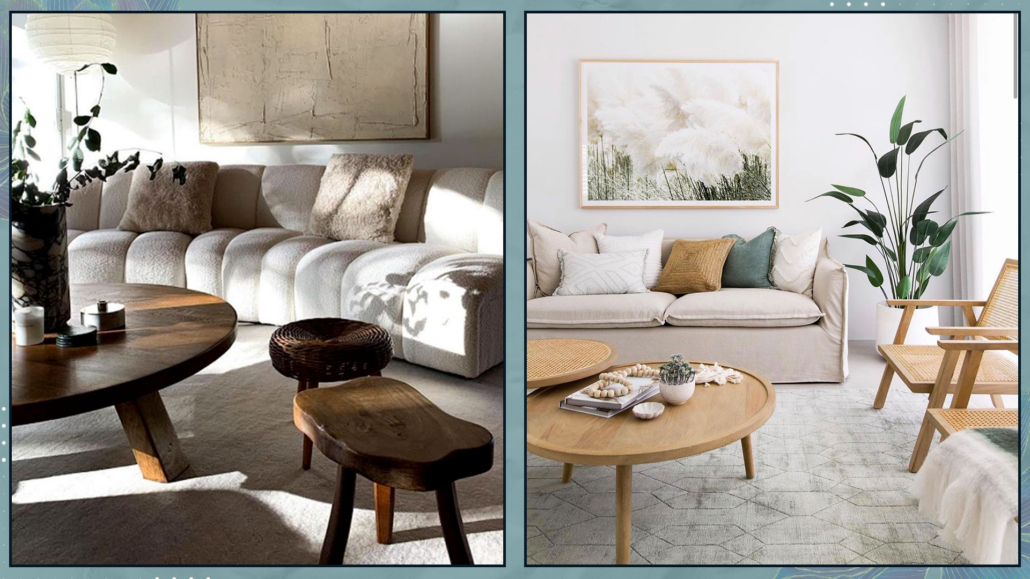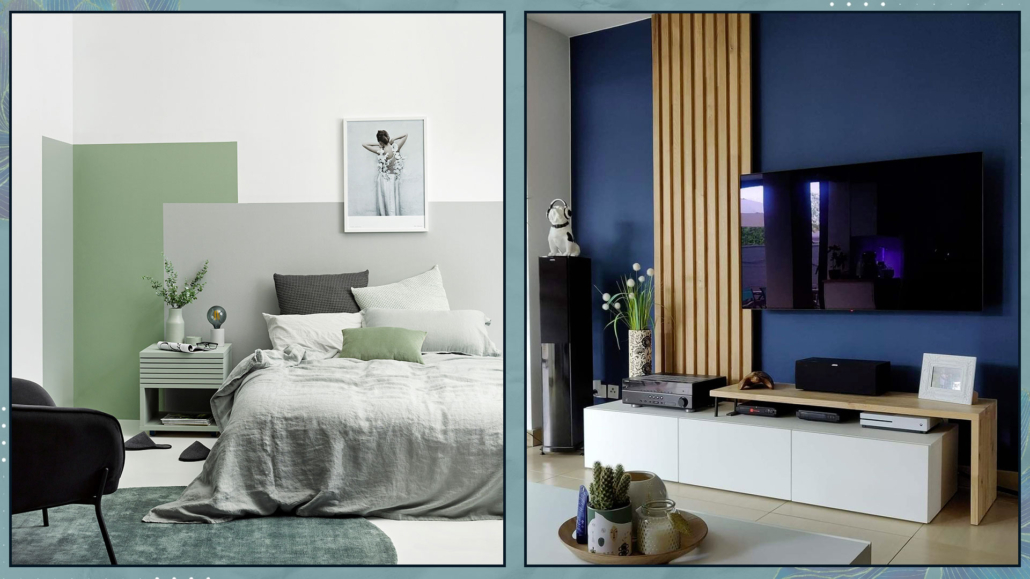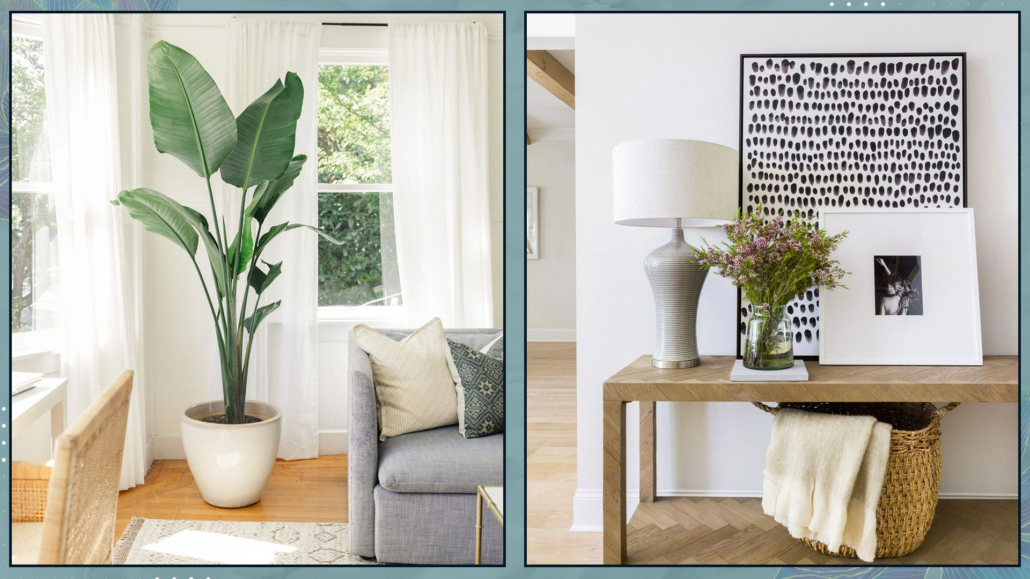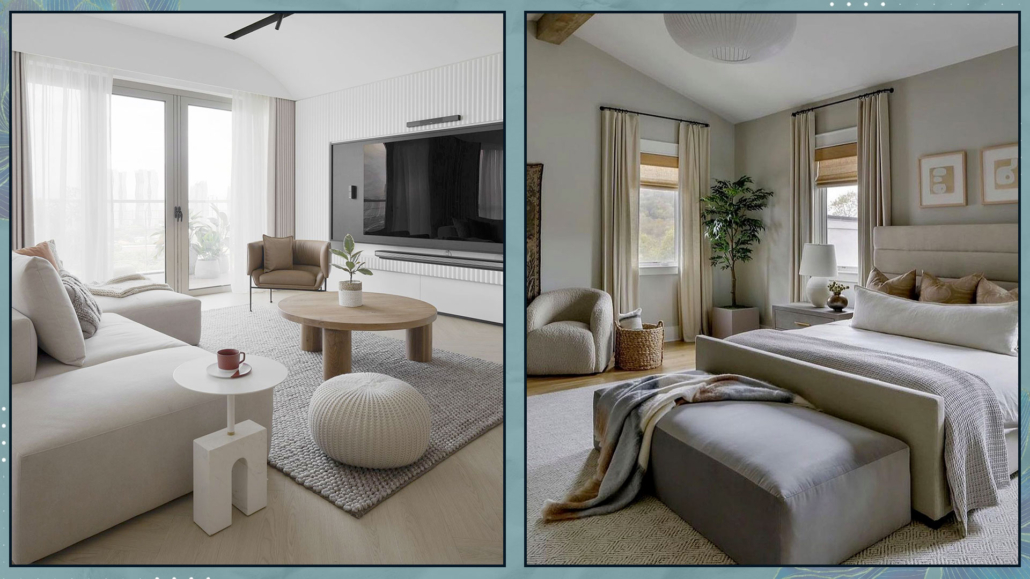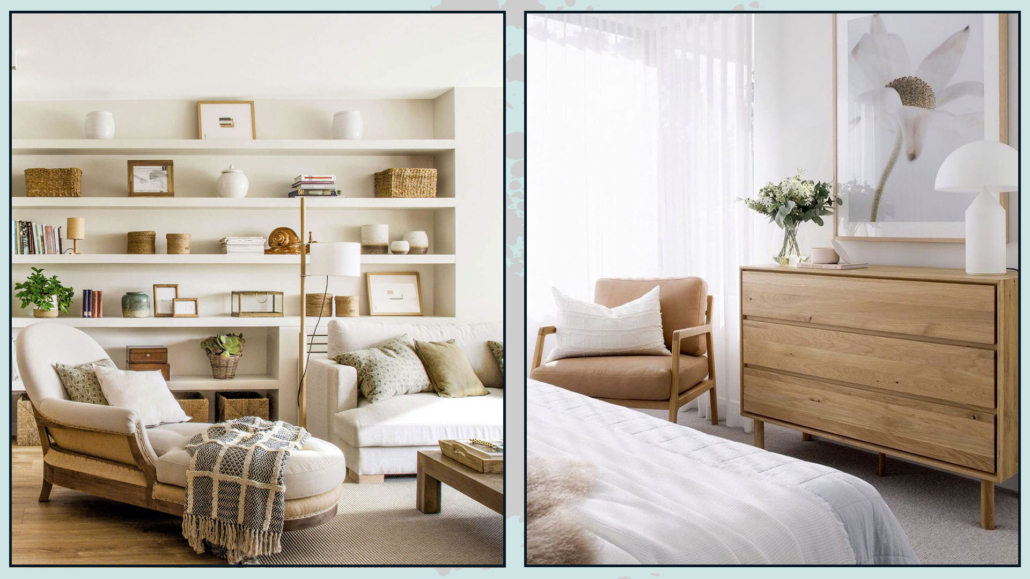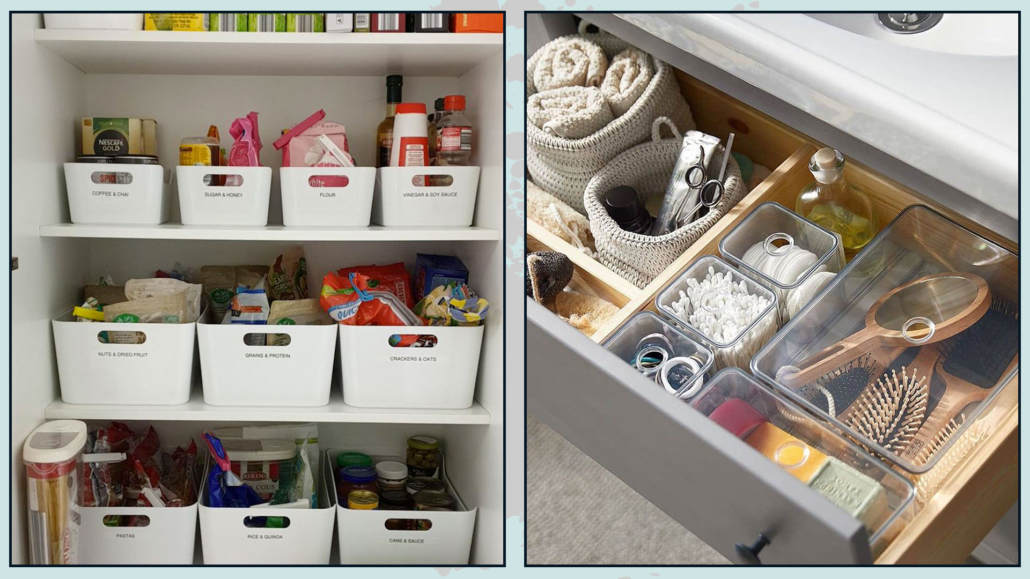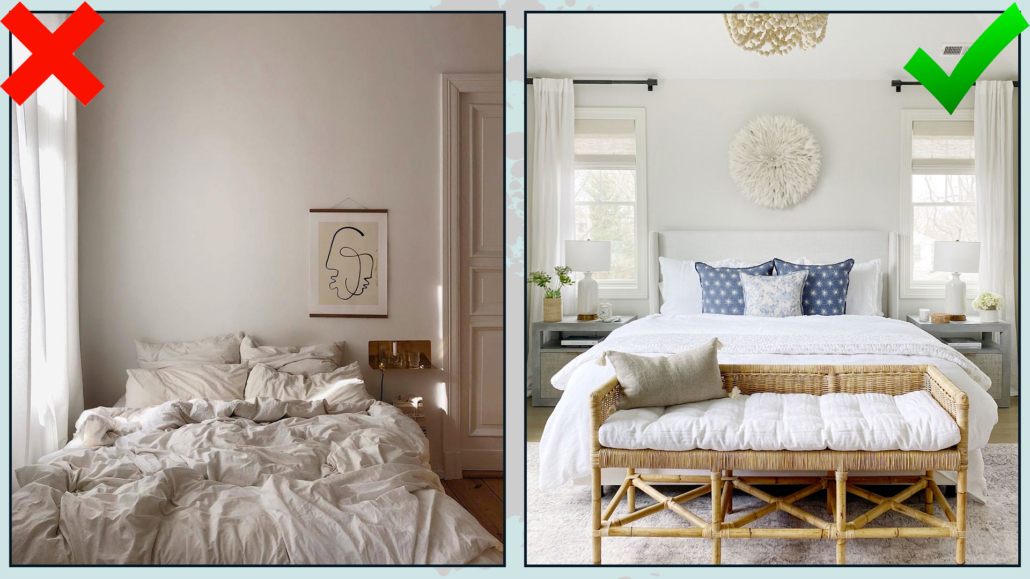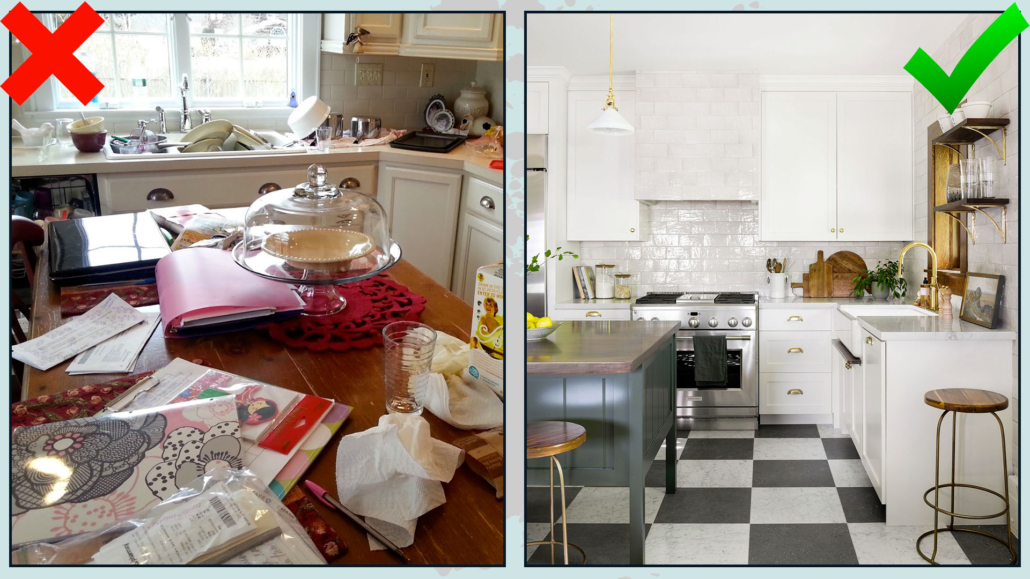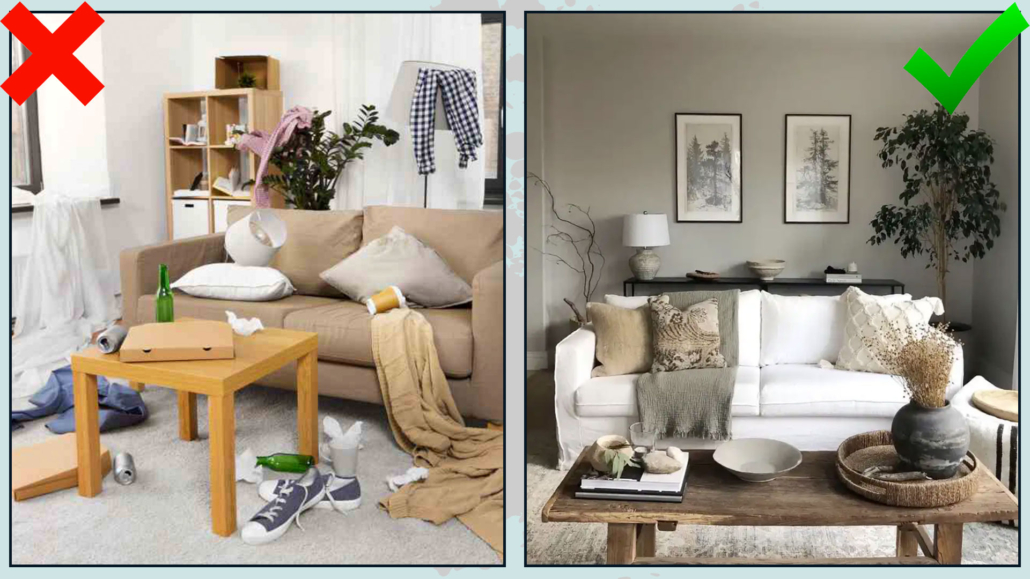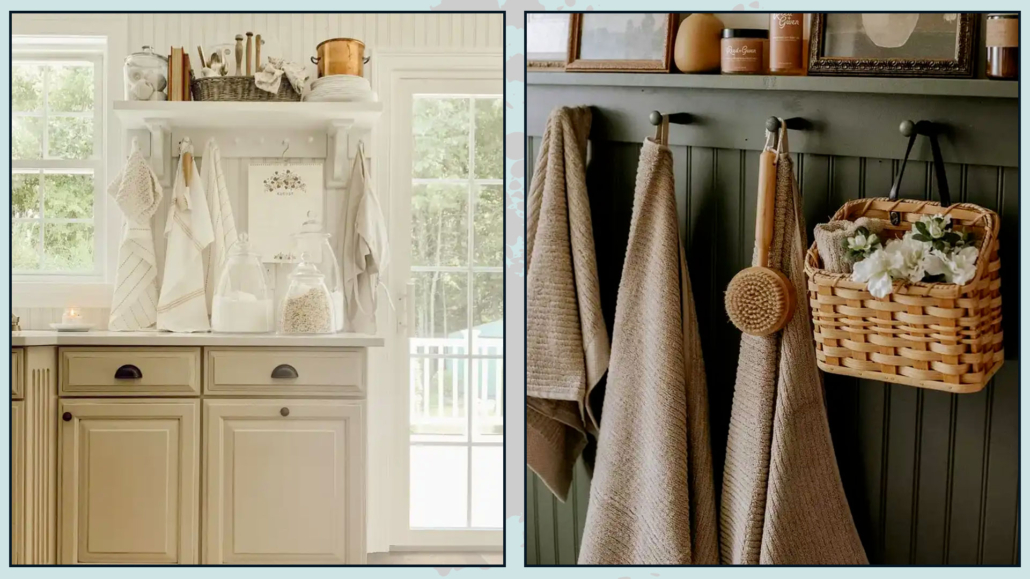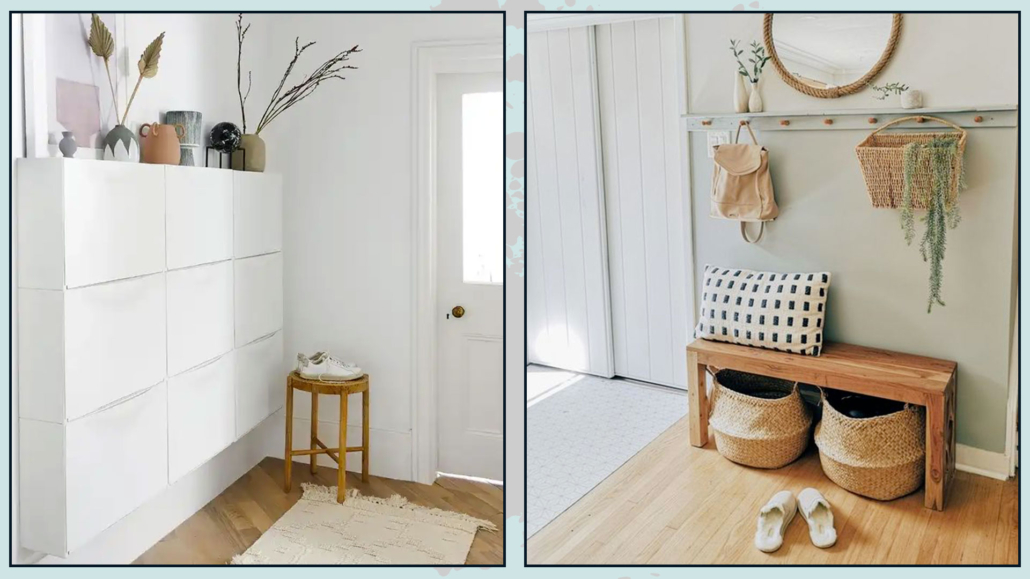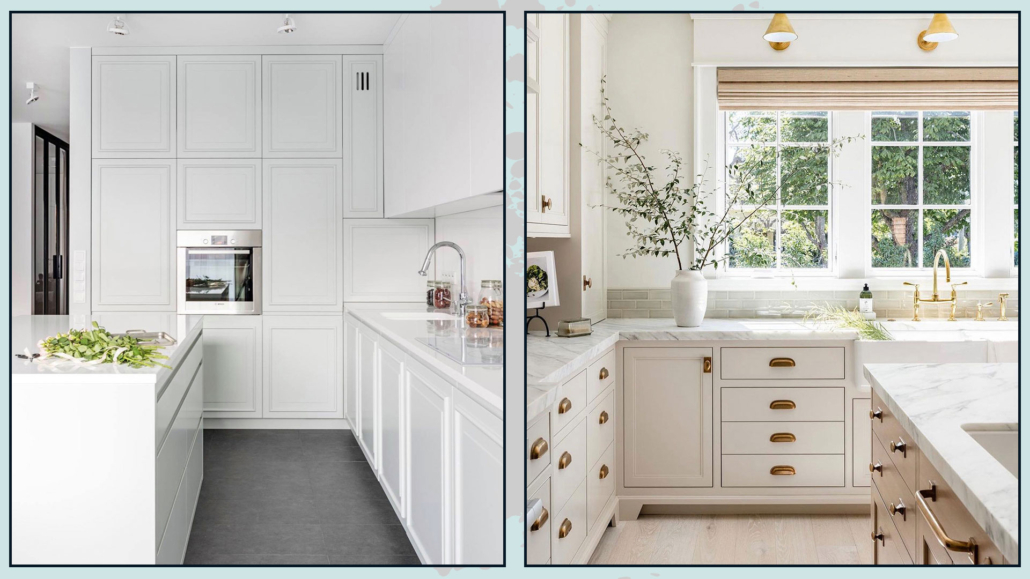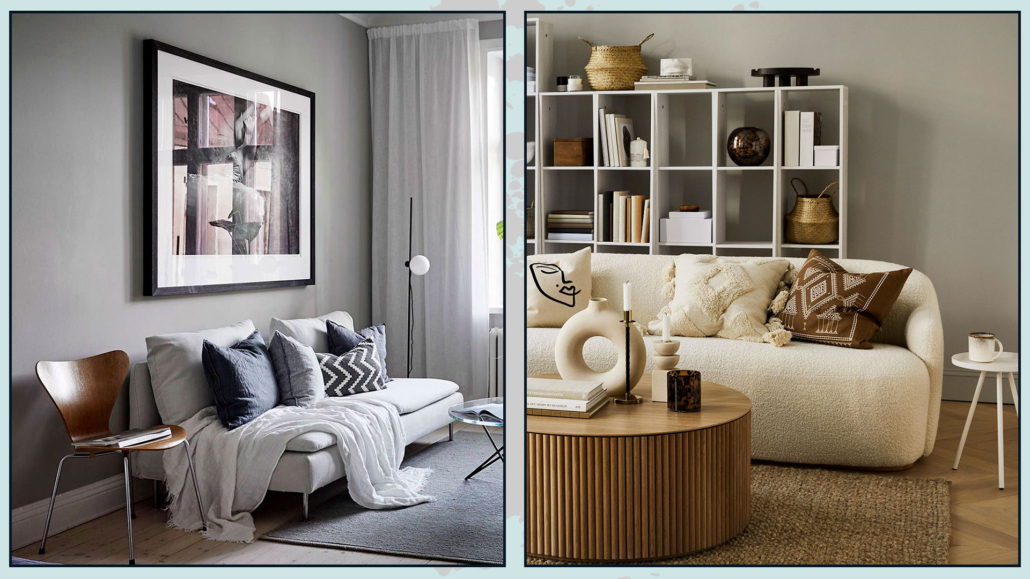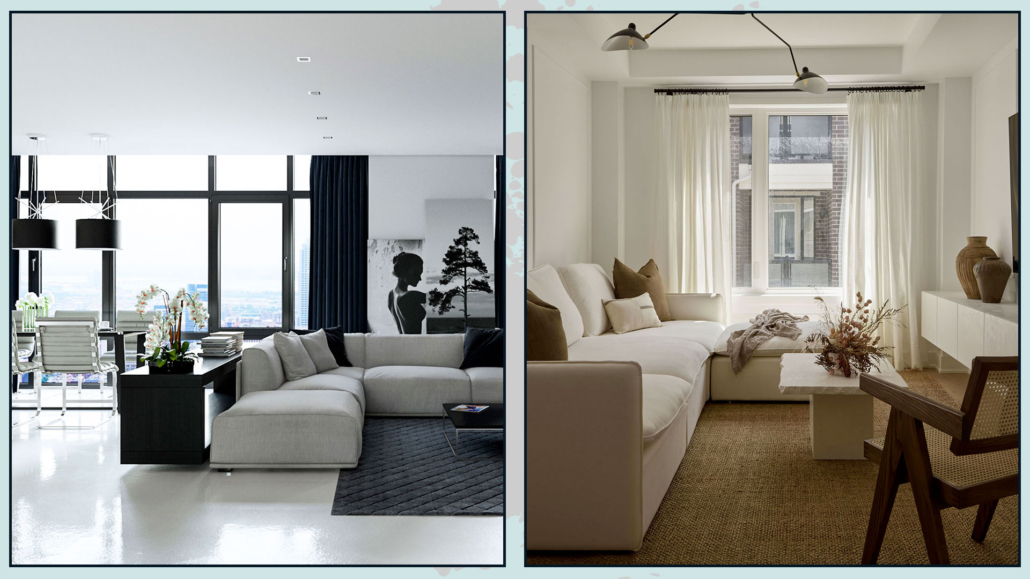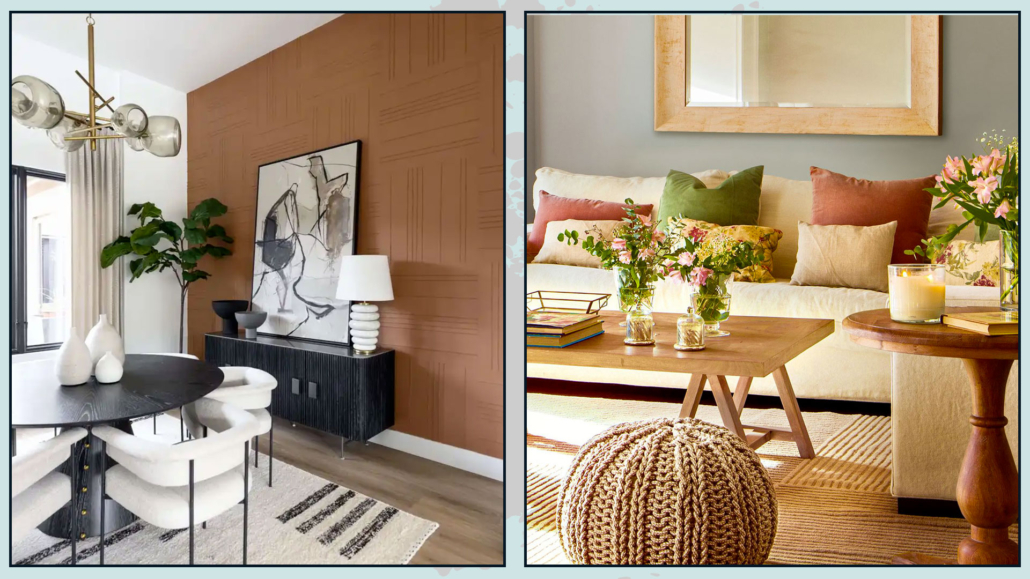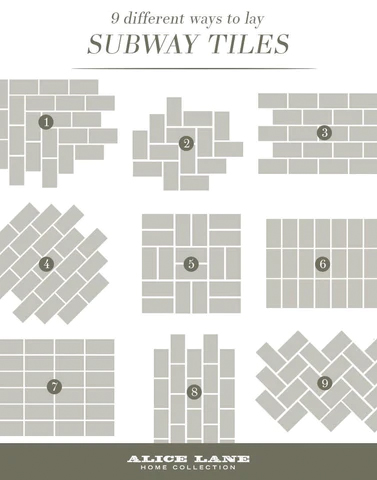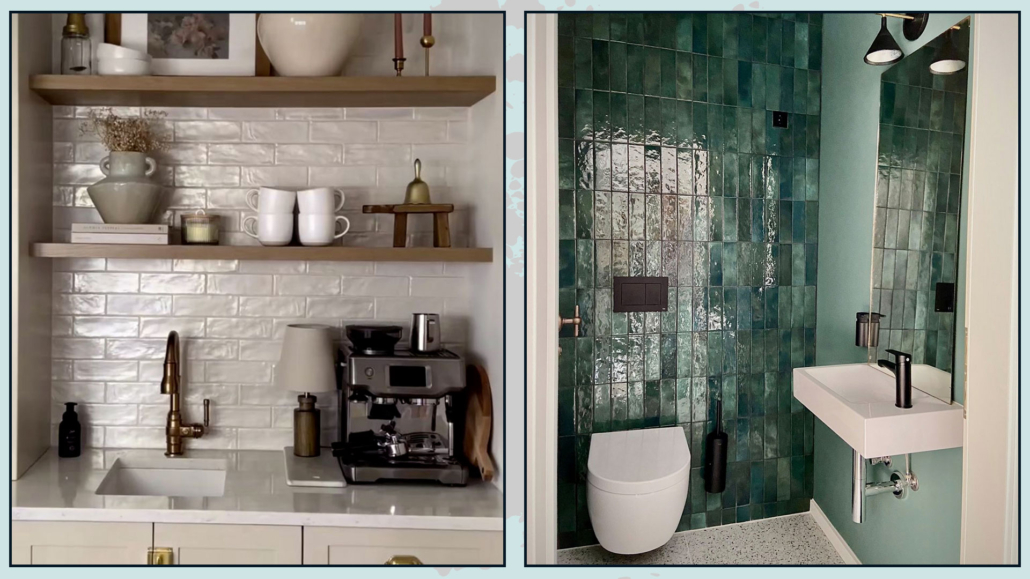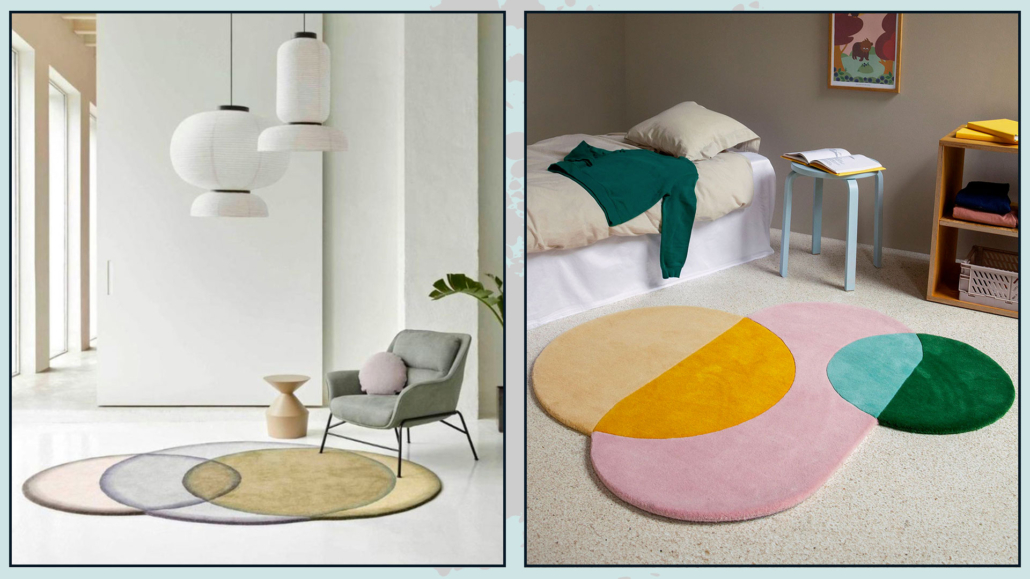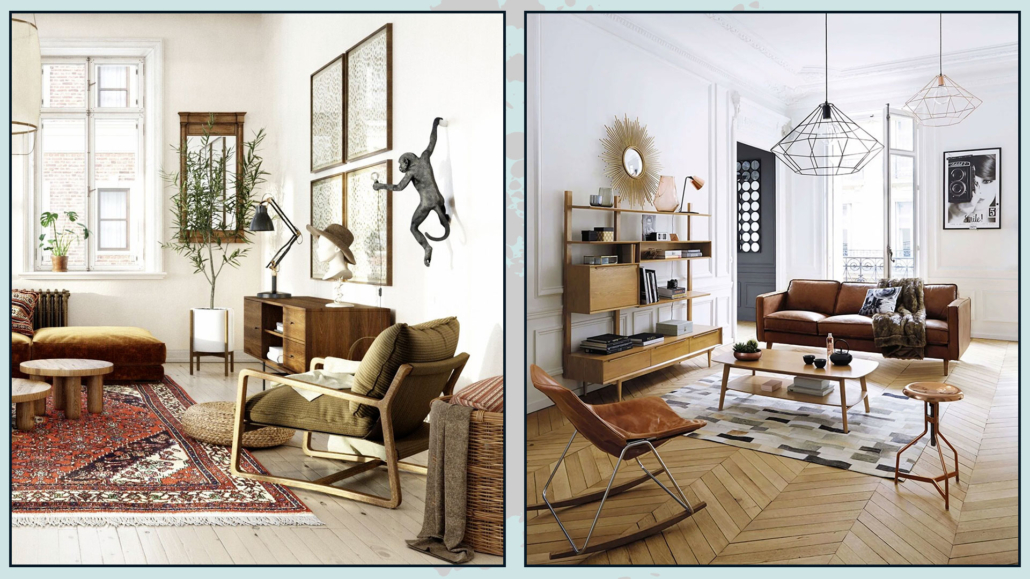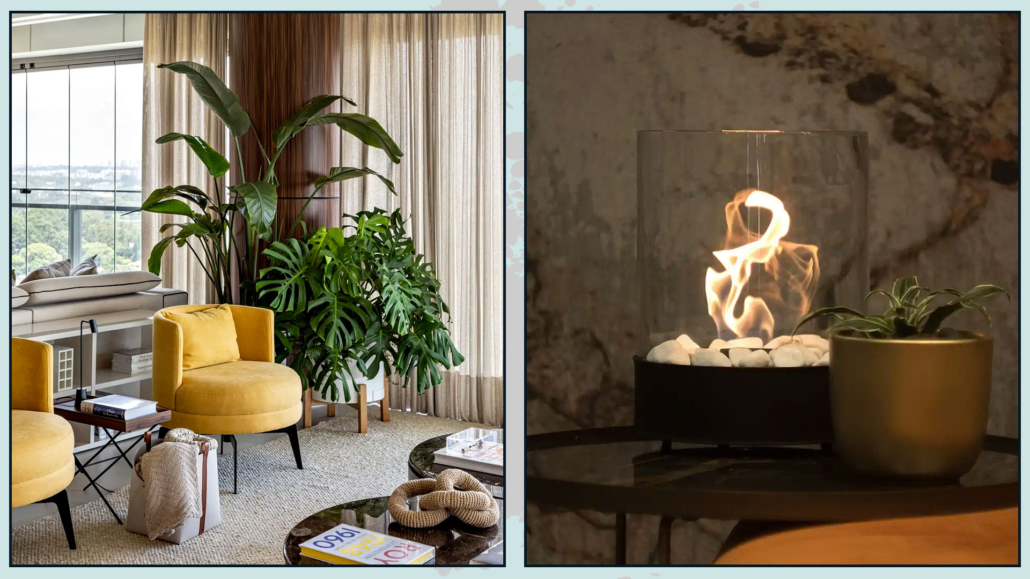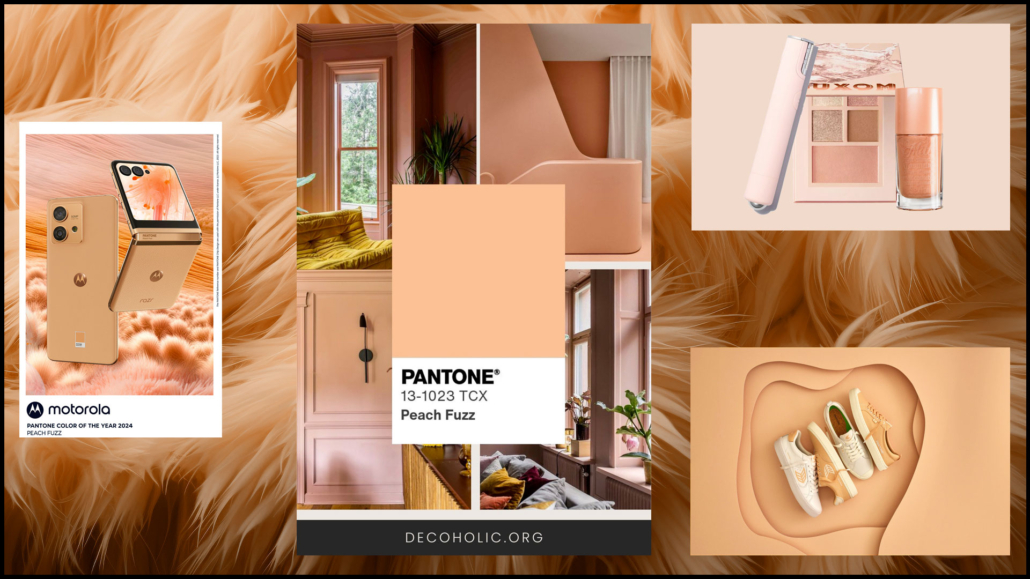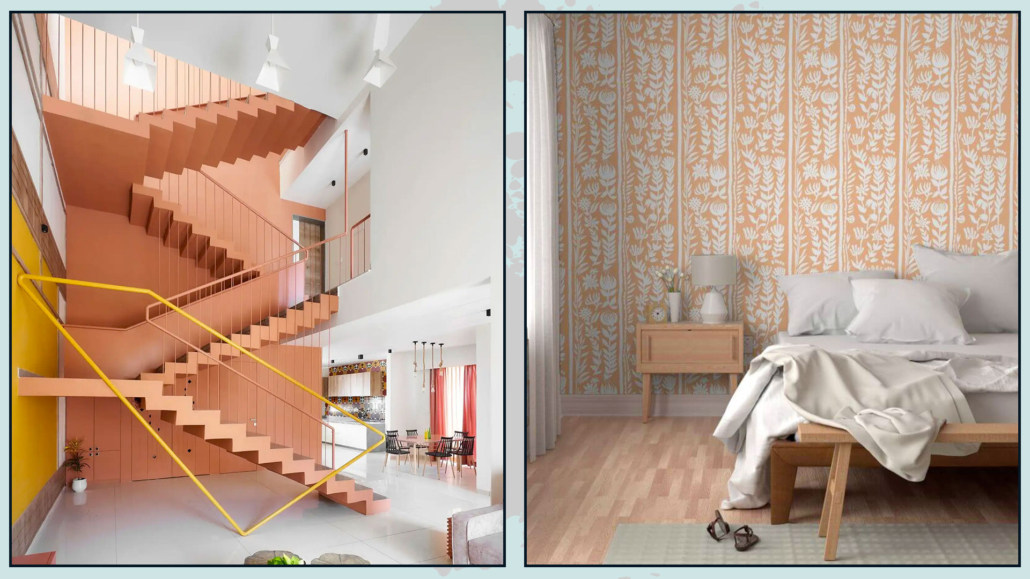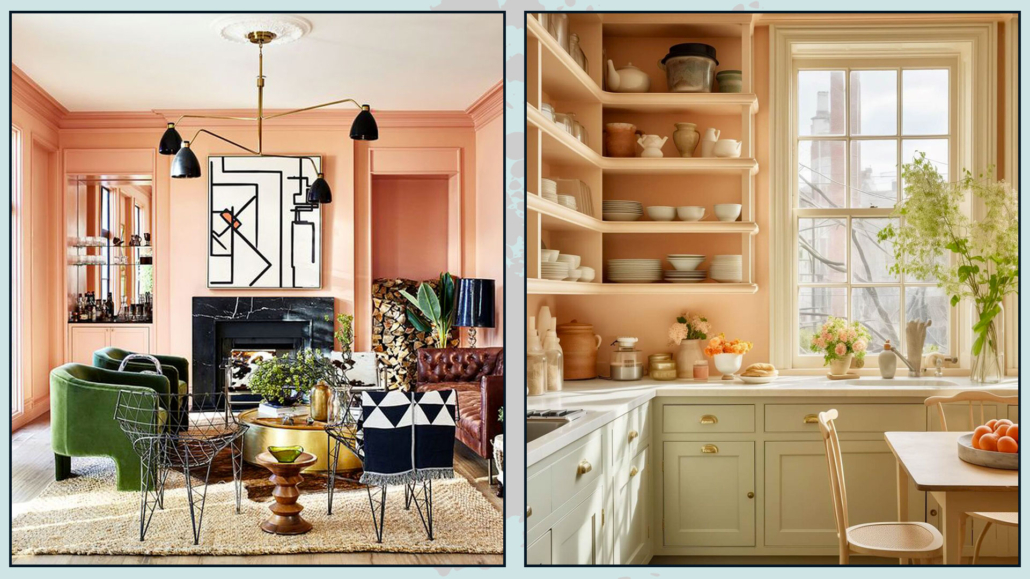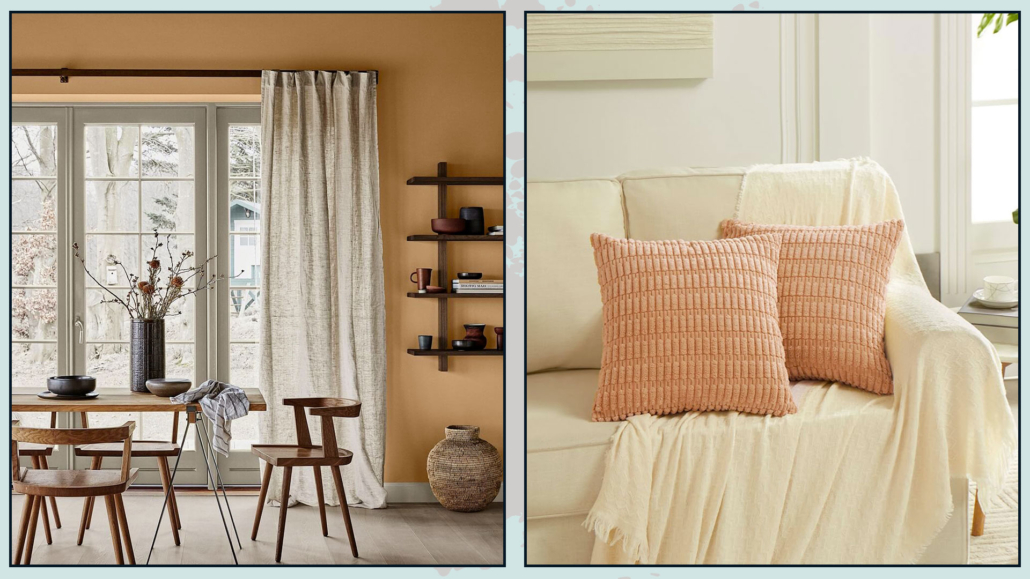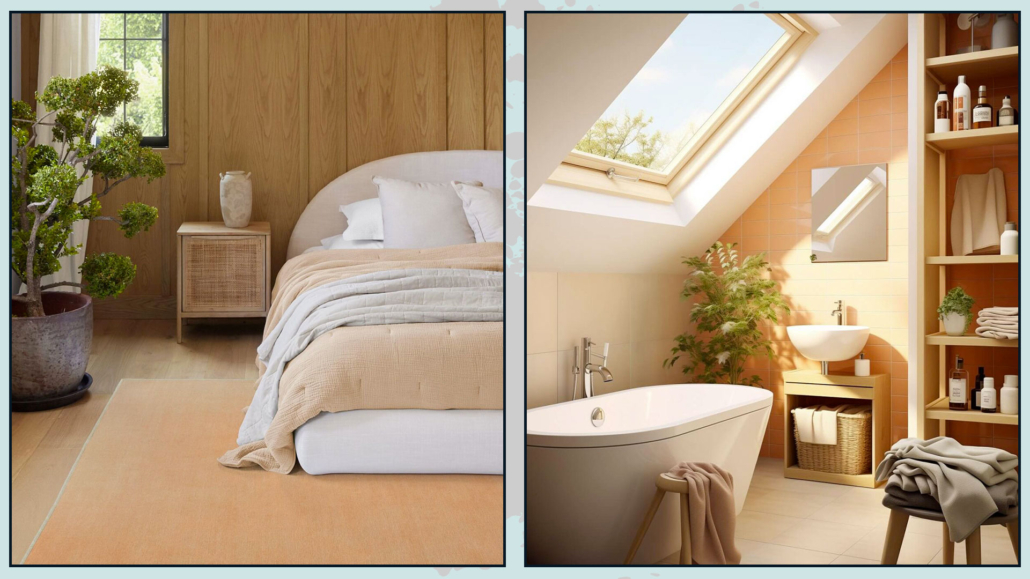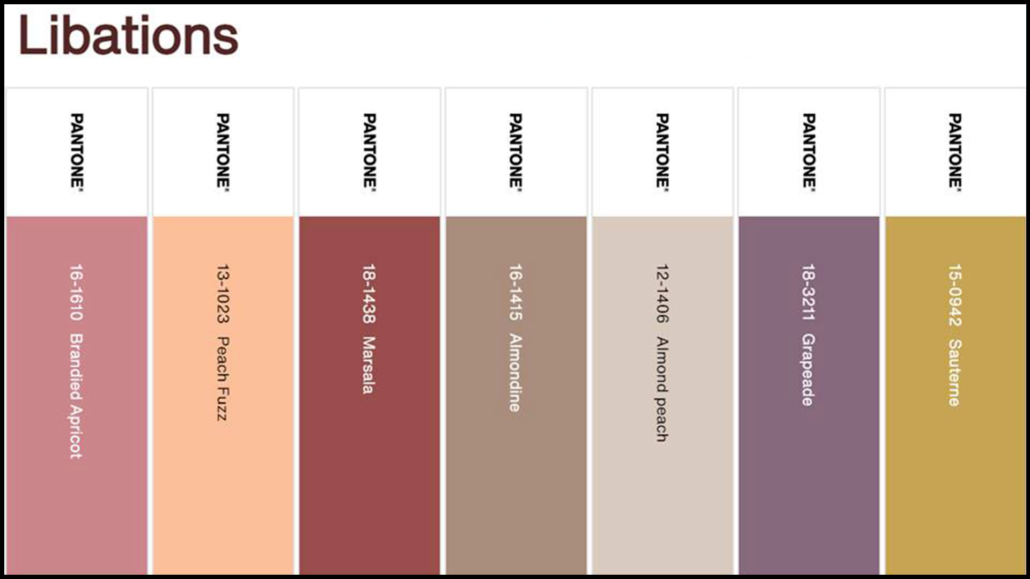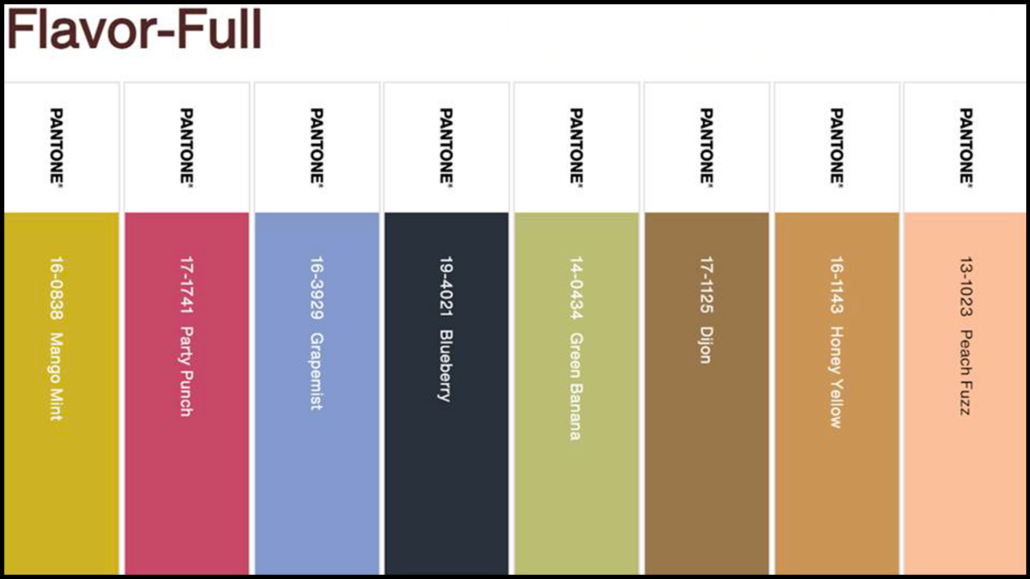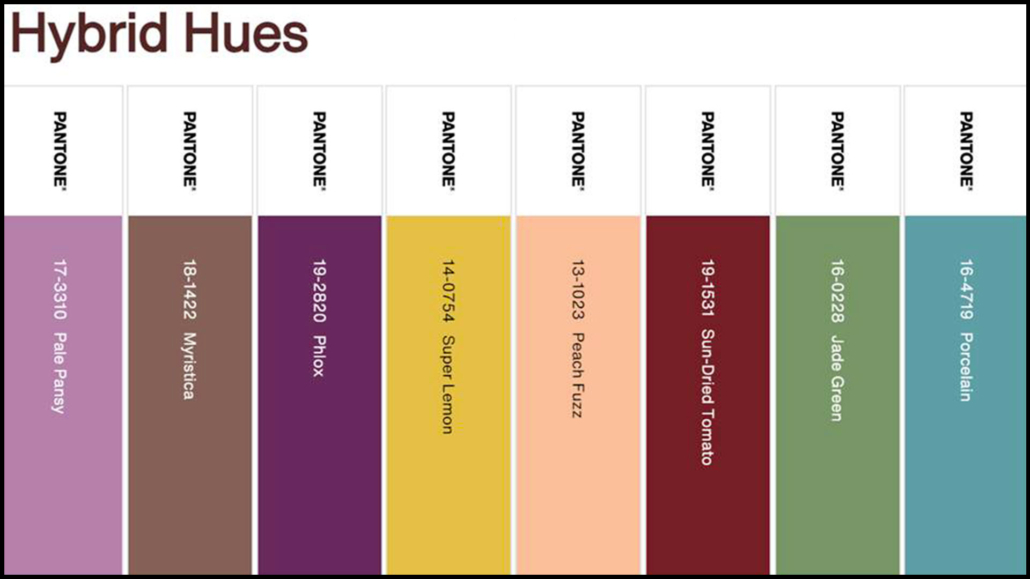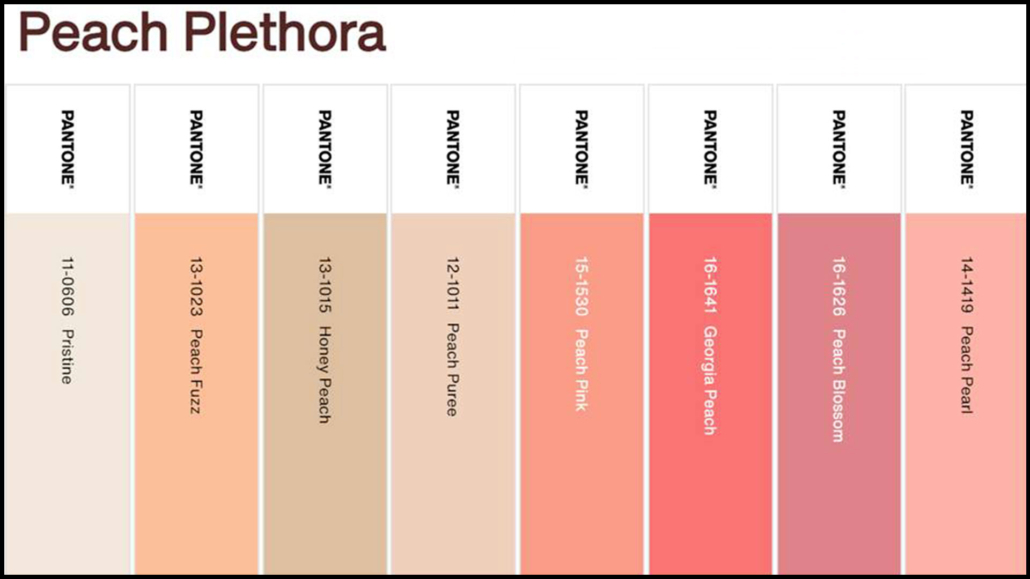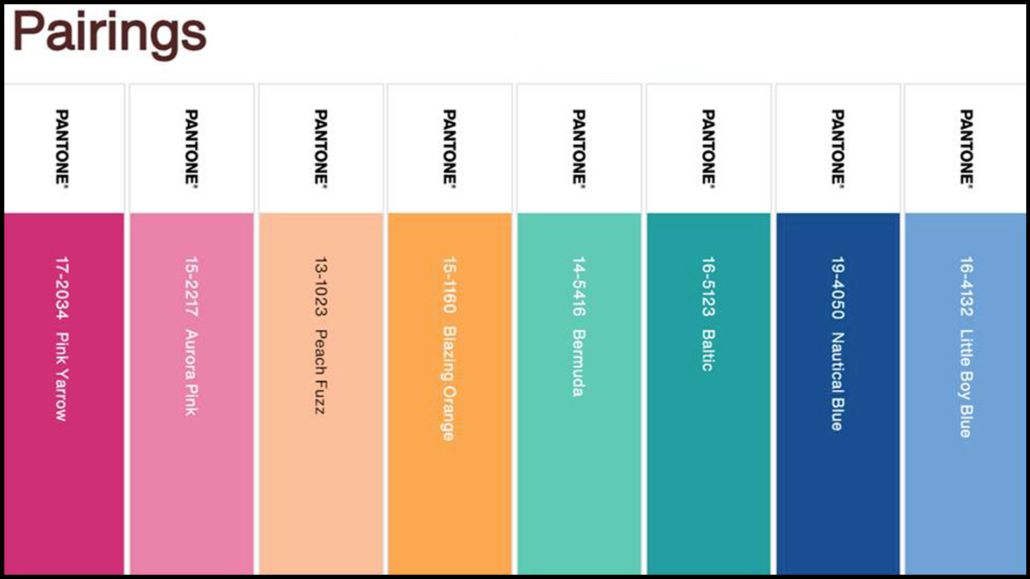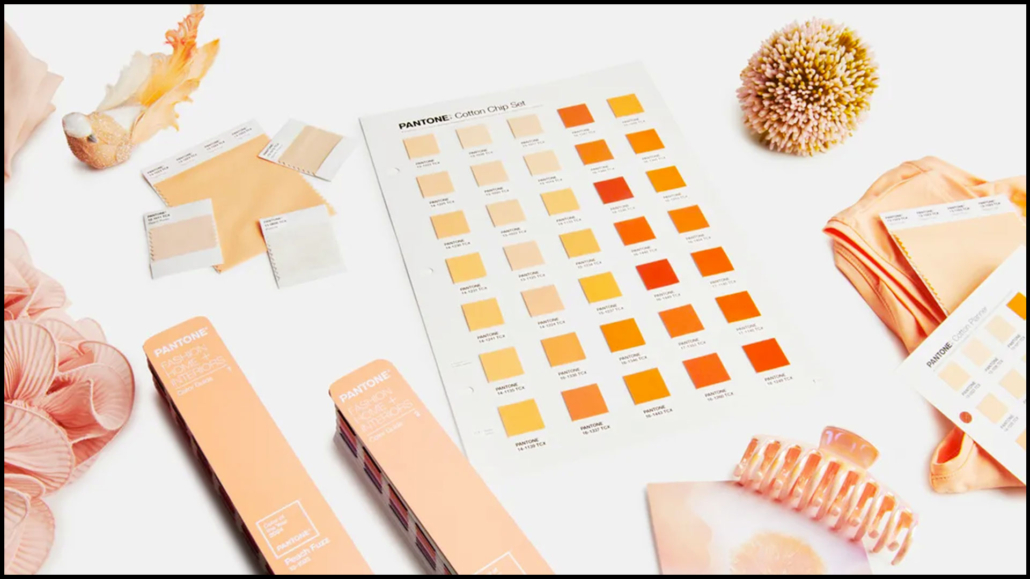According to feng shui, the entrance of a house is truly the most significant area of a home!
The reason is quite simple: the entrance is where energy enters, and we must ensure that it enters correctly and, above all, that only positive energy comes in.
The entrance is the transitional area that connects the interior and exterior, and it must be welcoming and “inviting” so that good energies, as well as the people and opportunities we desire, can enter.
Entrance is the house’s calling card aesthetically but also energetically!
The whole house and its inhabitants will likely be affected if the entrance is dark and cluttered.
To have an inviting entrance for good energy, you must start from the outside, taking care of the front door, regardless of whether or not it is part of a condominium.
Often, in front of the door, we only have the classic doormat: according to feng shui, we should have something that can protect the entrance and, at the same time, bring good fortune!
Ideally, two objects should be on either side of the door, such as two plant pots.
If space is limited, you could place something above the door (like a wind chime or dreamcatcher).
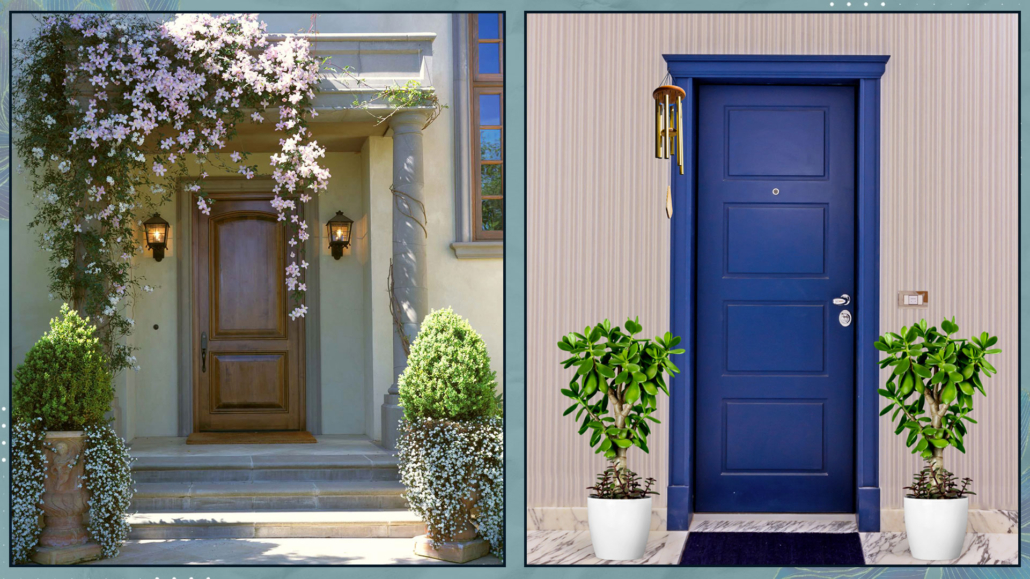
(credits: Taylor Lombardo Architects; Vivere lo Stile)
Now, let’s step inside!
– LIGHTING
The entrance needs to be bright to be inviting.
Where it is not possible to take advantage of natural light, it is a good idea to investigate good artificial lighting using multiple light sources (perhaps a lamp on the console table).
If the entrance opens directly into the living room, consider the possibility of a small false ceiling where you could install recessed spotlights, ensuring good lighting.
(learn more about lighting here!)
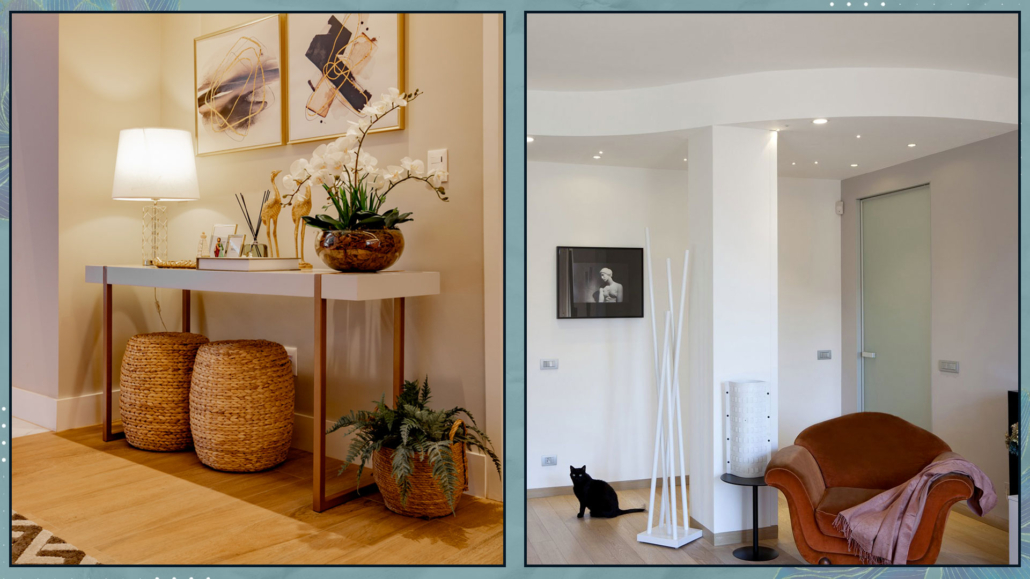
(credits: Anderson Leite; fiorentini-casapesaro)
– ORDER AND CLEANLINESS
The entrance must be clean and tidy to welcome guests and energy, for the better!
Everything should be well-organized, even the tiniest entrance.
You need a surface to place your keys (even a simple shelf or a hanging drawer).
Something to hang jackets on and maybe a shoe cabinet!
Removing your shoes as soon as you enter would be ideal to avoid bringing dirt and negative energy into the rest of the house.
You might consider a small pouf and some neatly arranged slippers nearby, whenever that’s not possible.
That way, when you arrive, you can sit down to take off your shoes, put on the slippers, and store them where they belong!
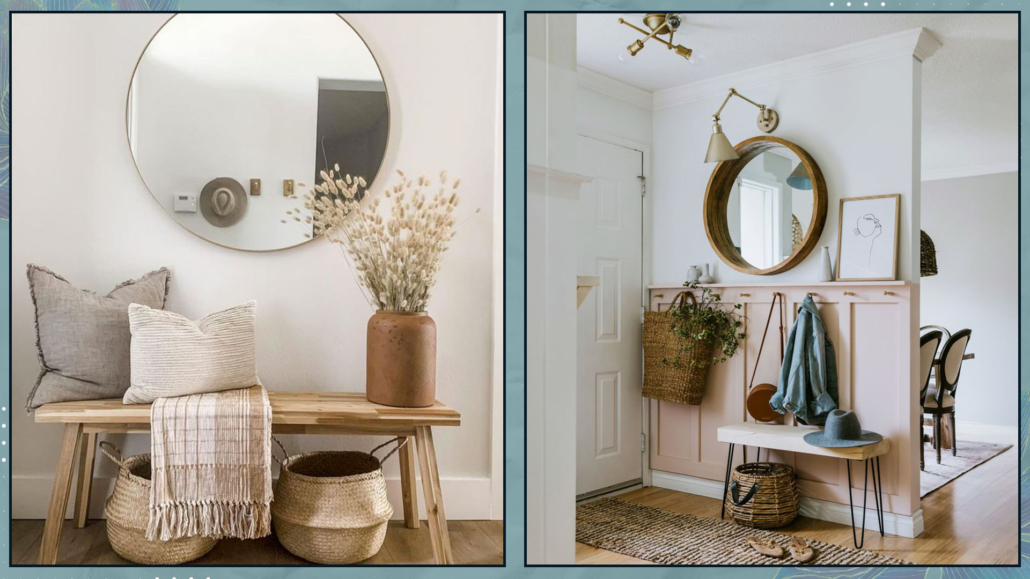
(credits: shopltk.com; Jessica Sara Morris)
– PAY ATTENTION TO THE FLOW
Energy must move freely and, once inside, distribute itself throughout the house.
Make sure there are no elements that can obstruct this movement!
Place a rug in the entrance to create a gathering area where the energy can slow down before flowing through the entire house.
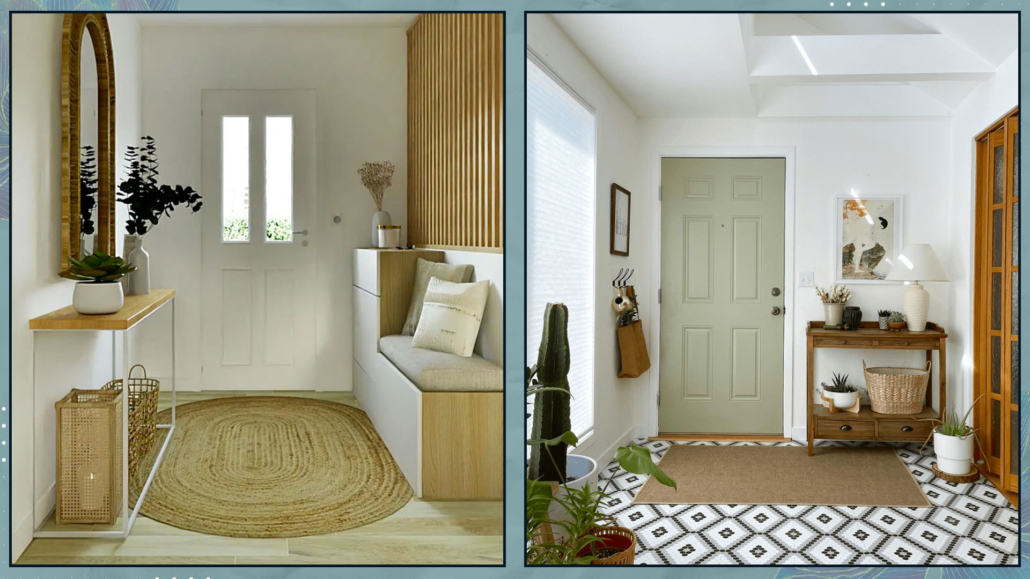
(credits: rhinov.fr; indie.boho.nest)
– COLORS
We repeat it every time: colors have a psychological power, more or less unconscious, now scientifically recognized.
Feng Shui also acknowledges the energetic power of colors.
Each color is associated with one of the five elements (water, wood, fire, earth, and metal).
Each element corresponds to a specific energy:
Shades of green, the wood element, are associated with growth and financial well-being.
Reds, oranges, pinks, and purples, the fire element, are associated with fame and recognition.
Browns, beiges, and yellows, the earth element, are associated with stability and solidity.
Blues and blacks, the water element, are associated with travel, both physical and personal evolution.
Whites and grays, the metal elements, are associated with creativity and leadership.
It is vital to choose colors that enhance the energy you need.
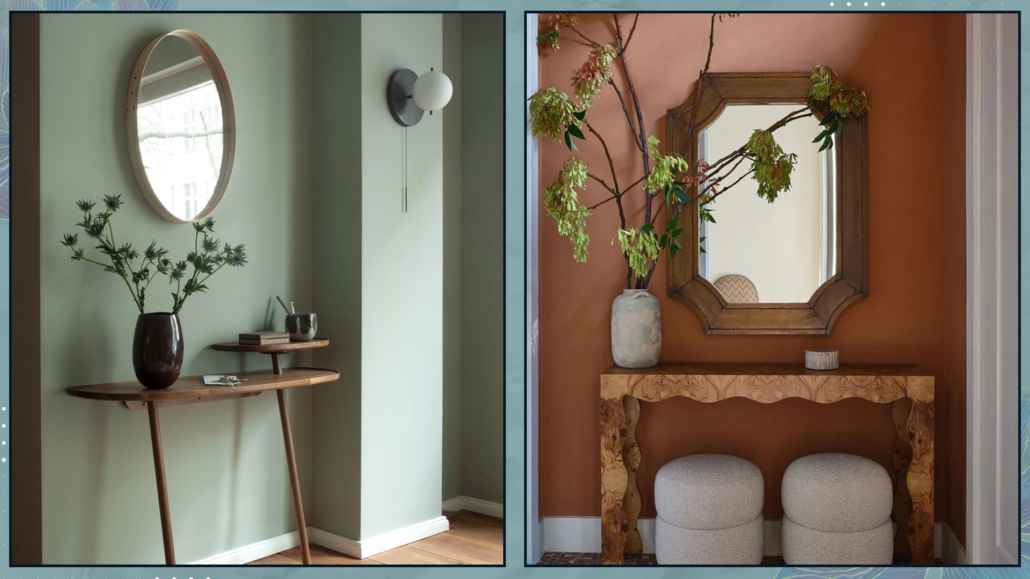
(credits: tinnappelmetz.com; Michael Clifford design byMoksa Studio)
– MIRRORS
It is essential to have a mirror at the entrance to give yourself a final check before leaving and to allow guests to do the same when they enter.
However, be careful not to place the mirror directly facing the door, as it would reflect the energy back!
It’s better to place it on one of the adjacent walls so it will bounce the energy around but still keep it inside the house.
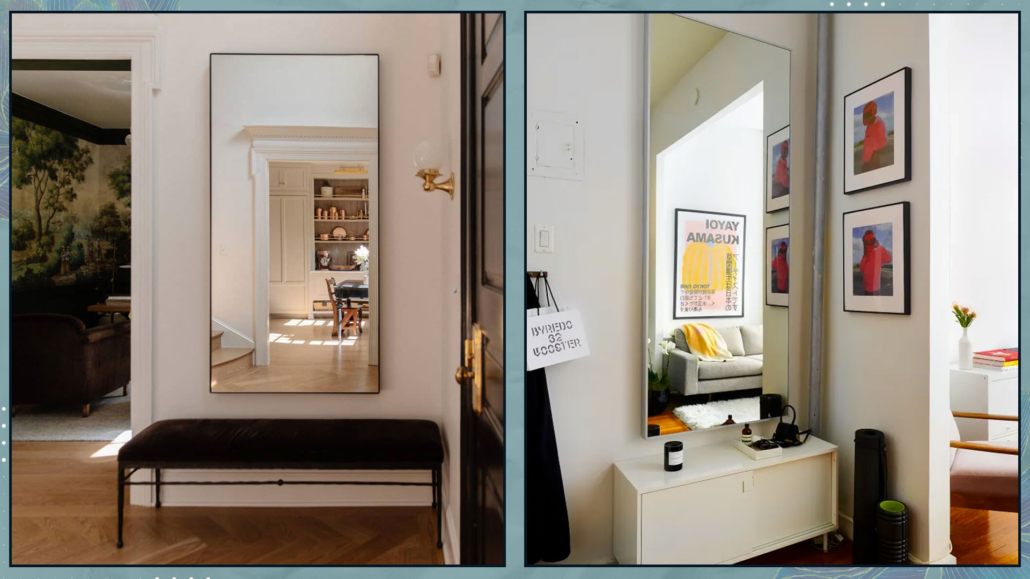
(credits: chrislovesjulia.com; c1studios.com)
– NATURAL ELEMENTS
It is paramount to have natural elements in the house, even for feng shui.
In the entrance, they enhance the connection between the outside and inside and infuse the space with vitality, invigorating the energy that enters the house.
Wooden furniture, baskets, and, of course, plants are a must at the entrance!
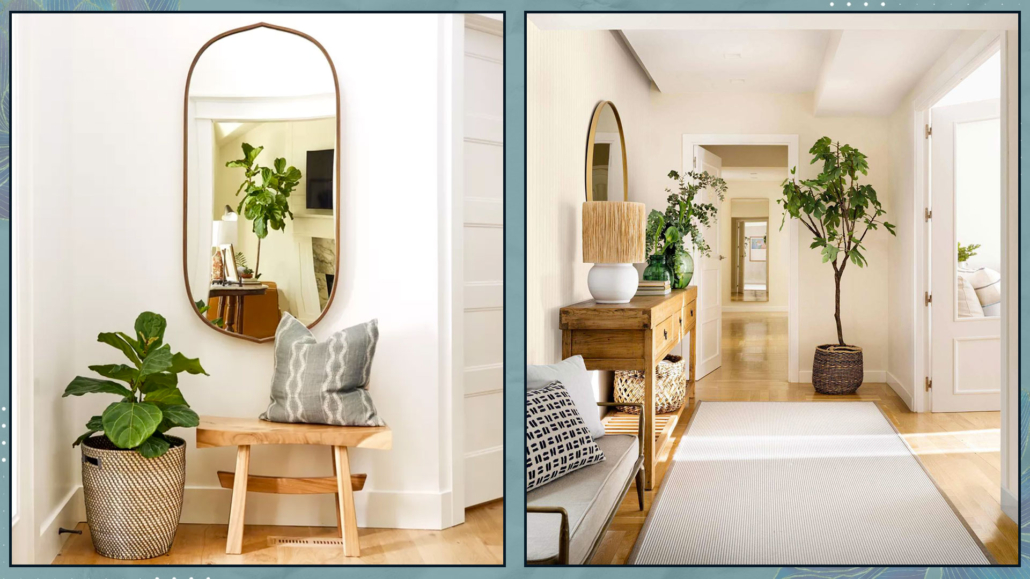
(credits: Jay Wilde; elmueble.com)
I hope this article about a feng shui entrance has been helpful and enjoyable for you. If so, let me know in the comments!
Feel free to share it with anyone you think might be interested, I would be honored, and it will help me gain more exposure.
If you feel that your home, or any specific area of it, doesn’t reflect your personality enough, don’t wait any longer and book your consultancy!
